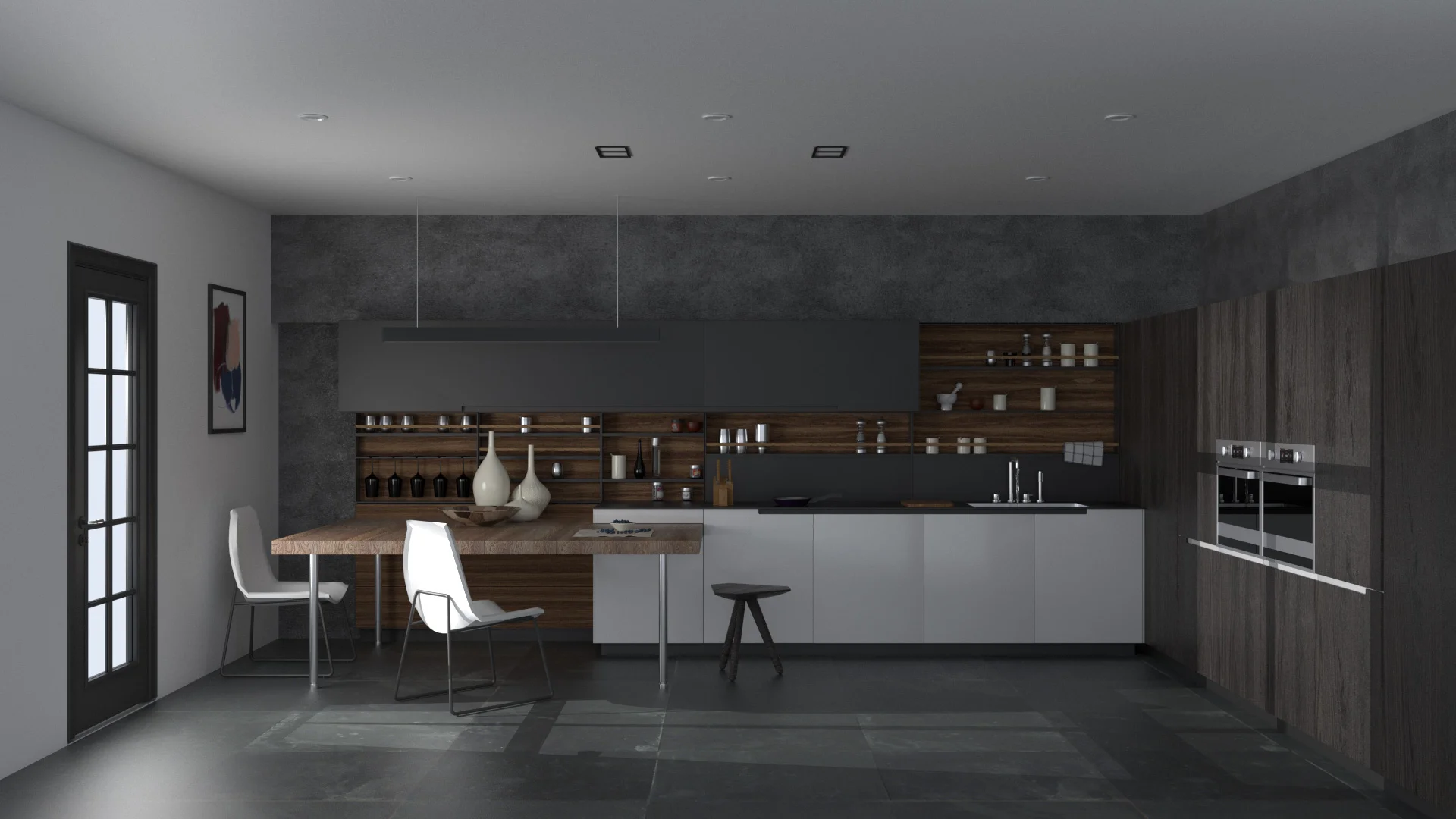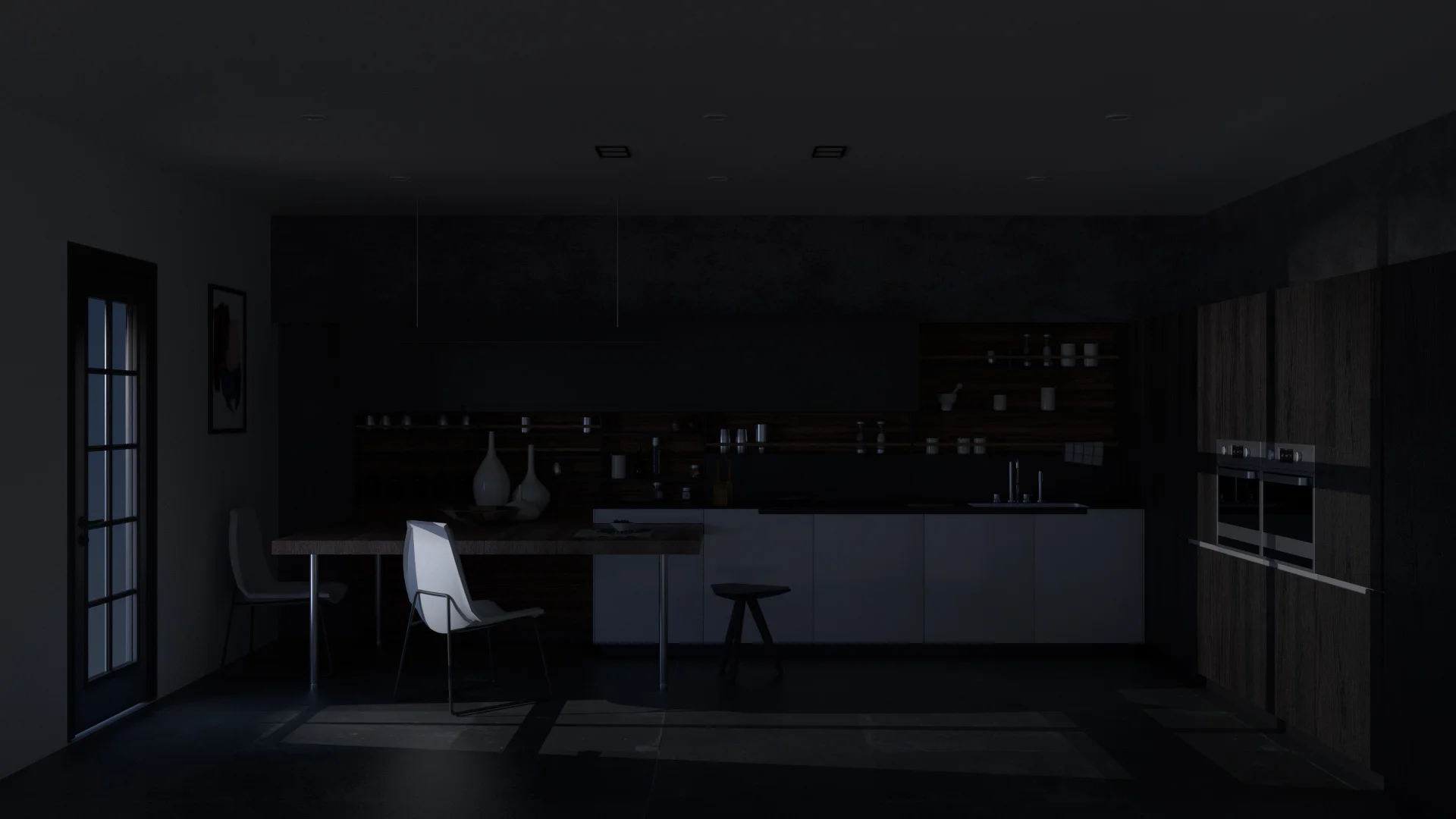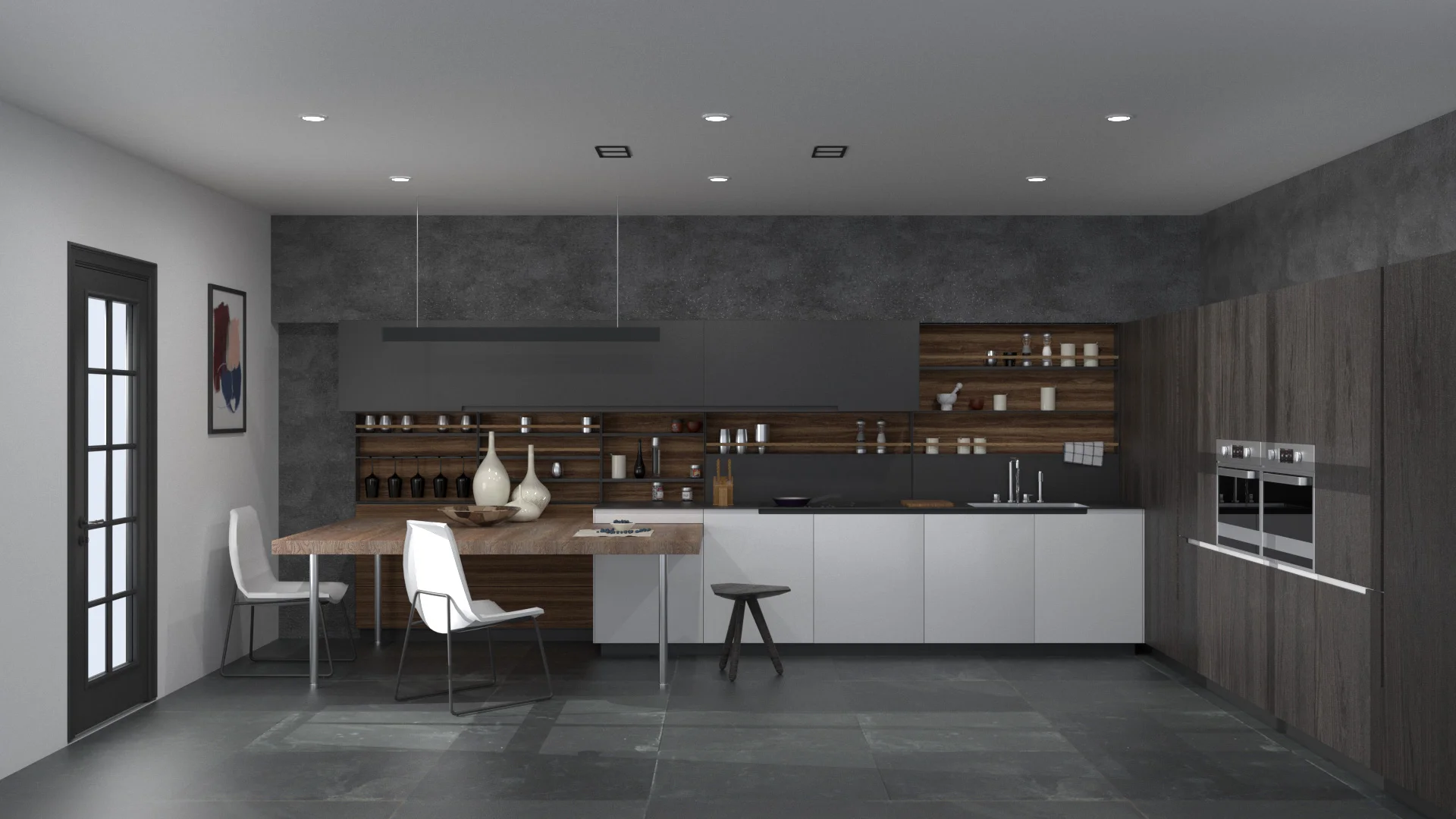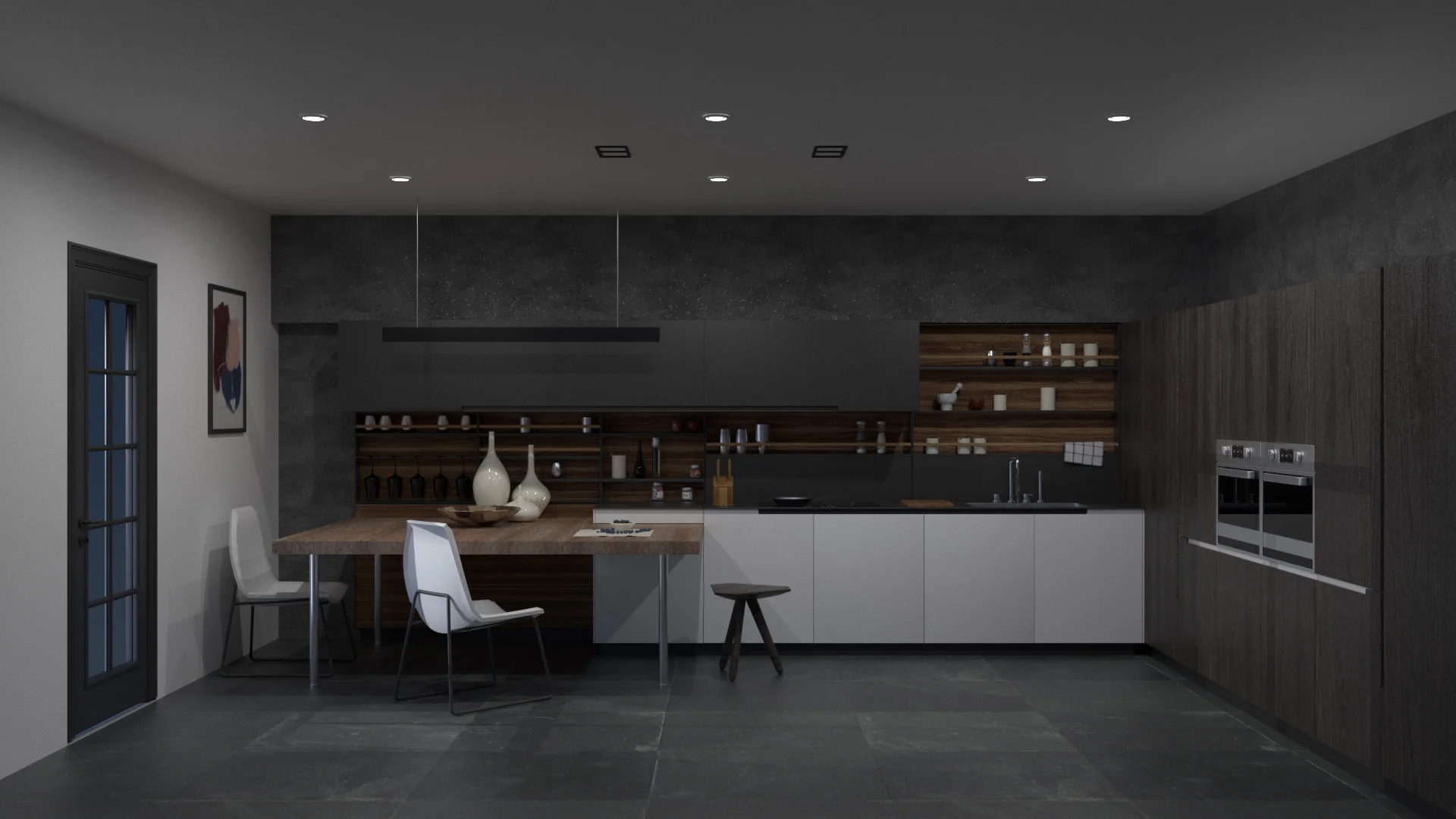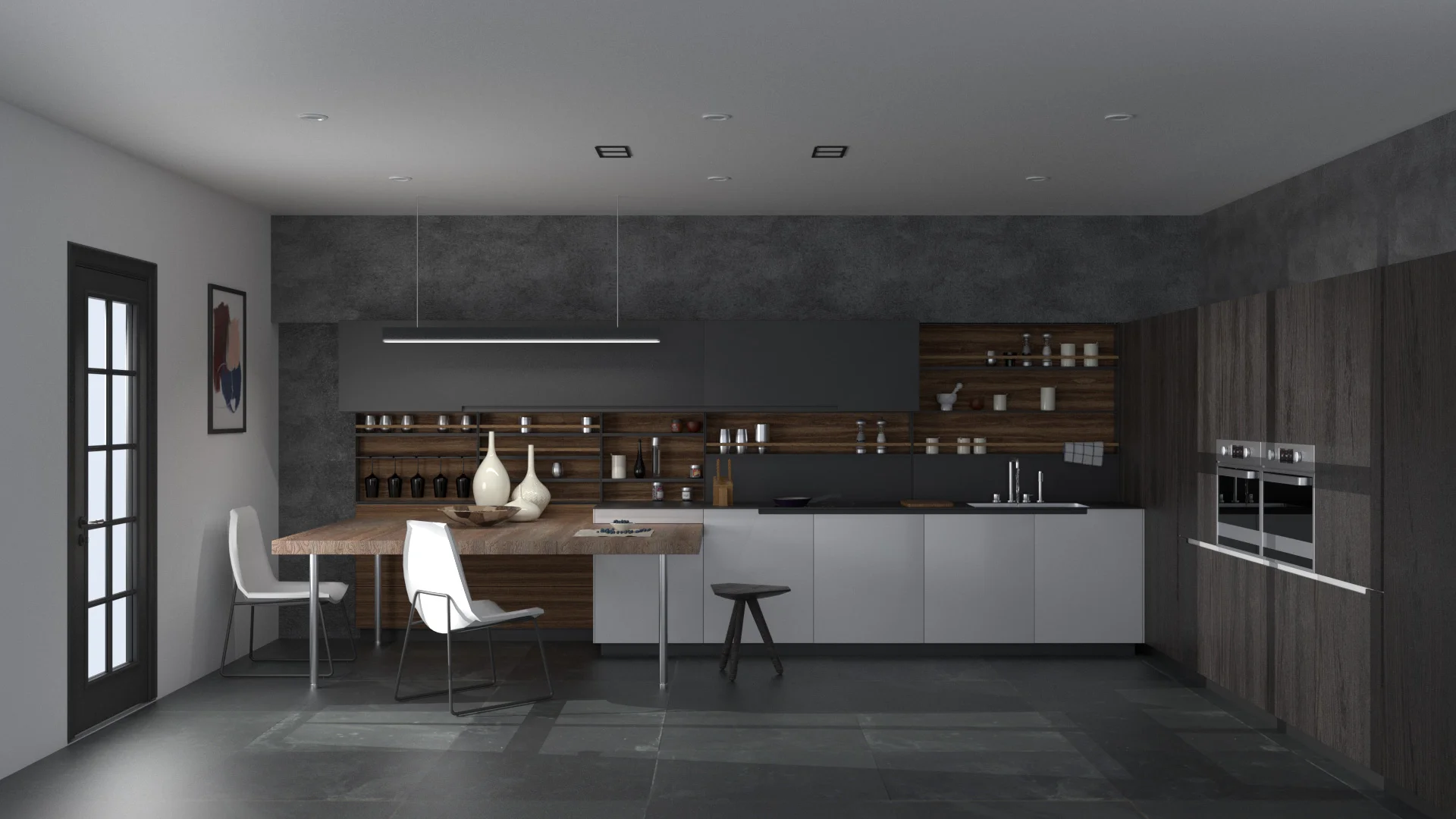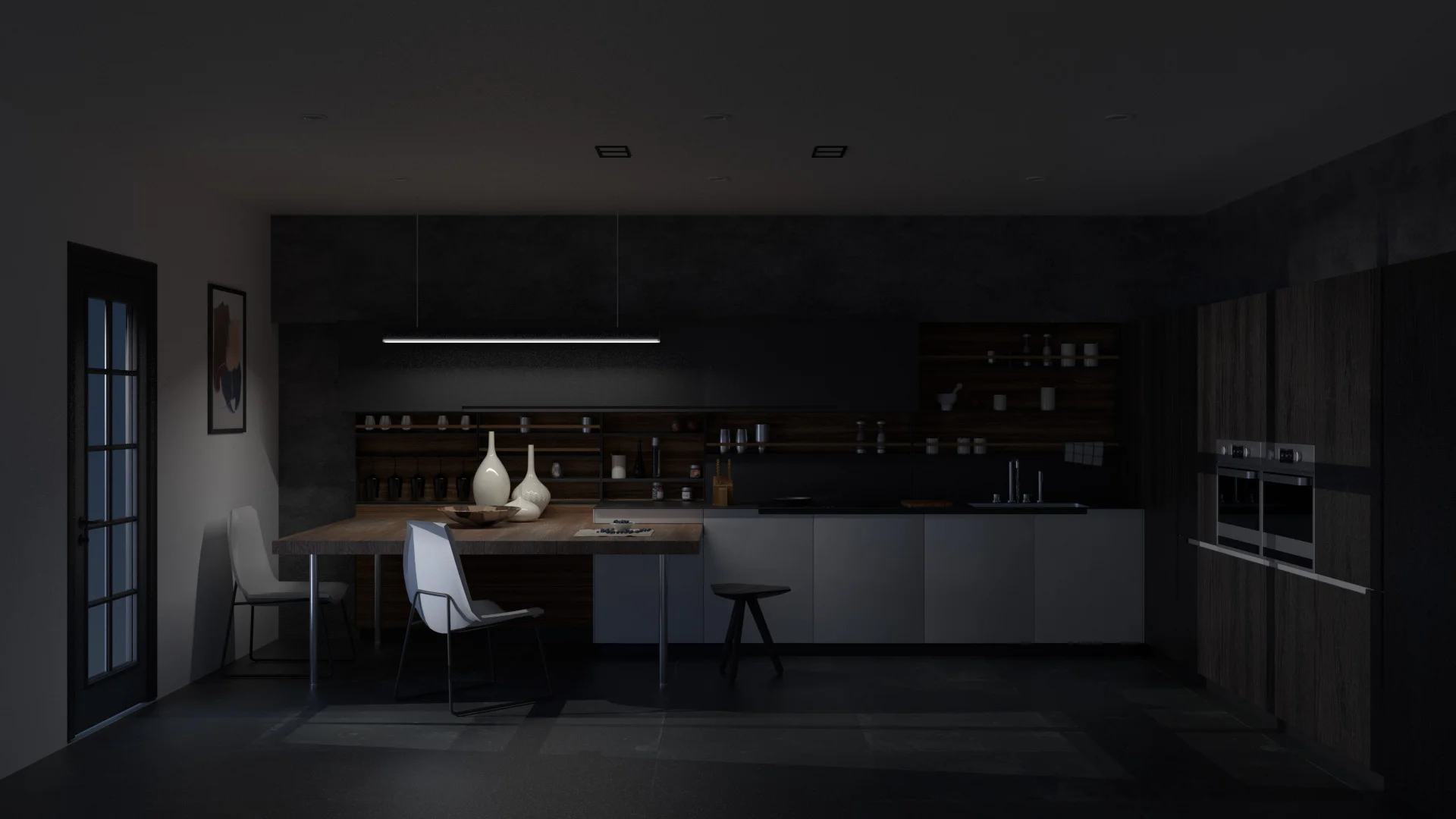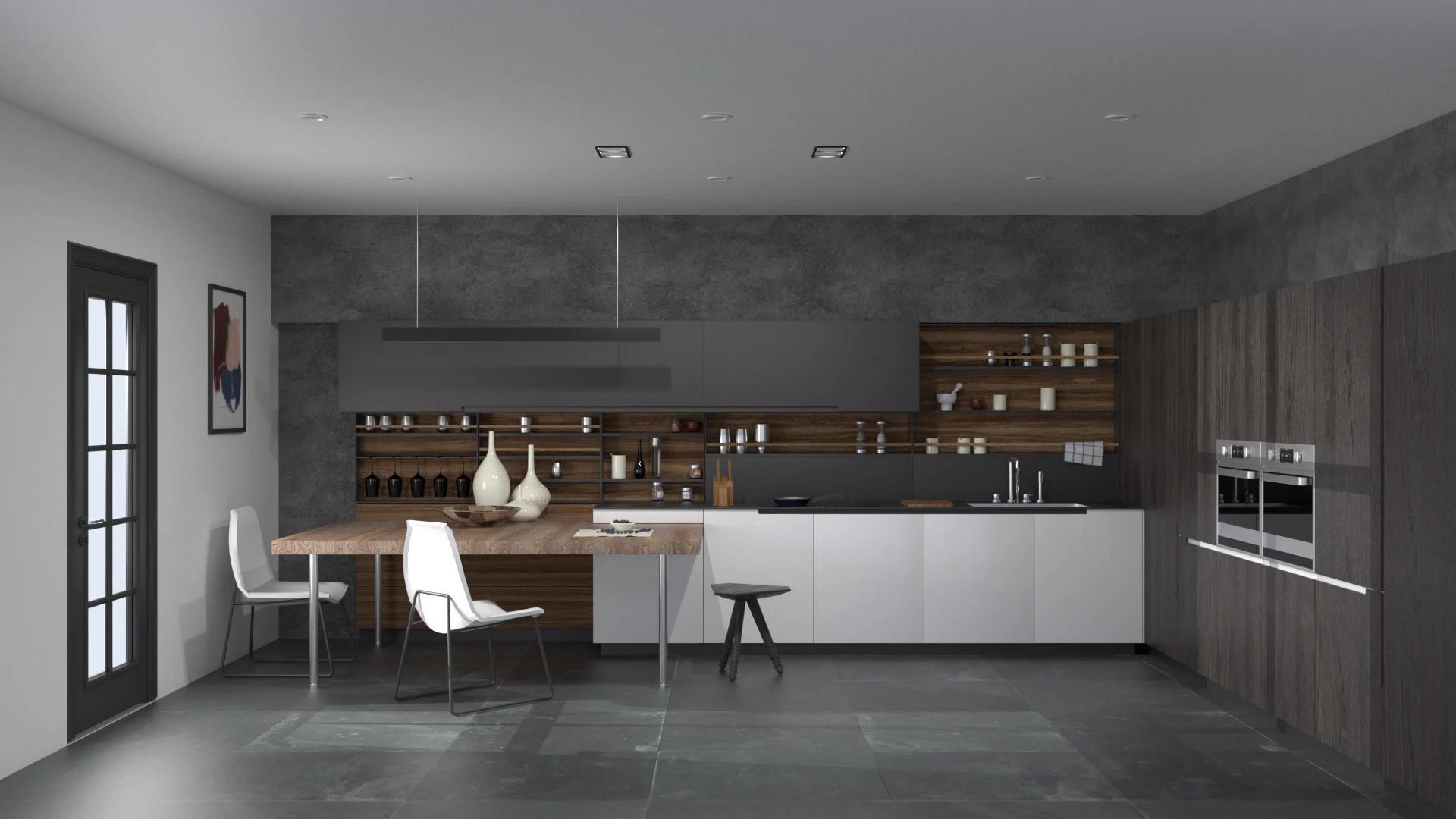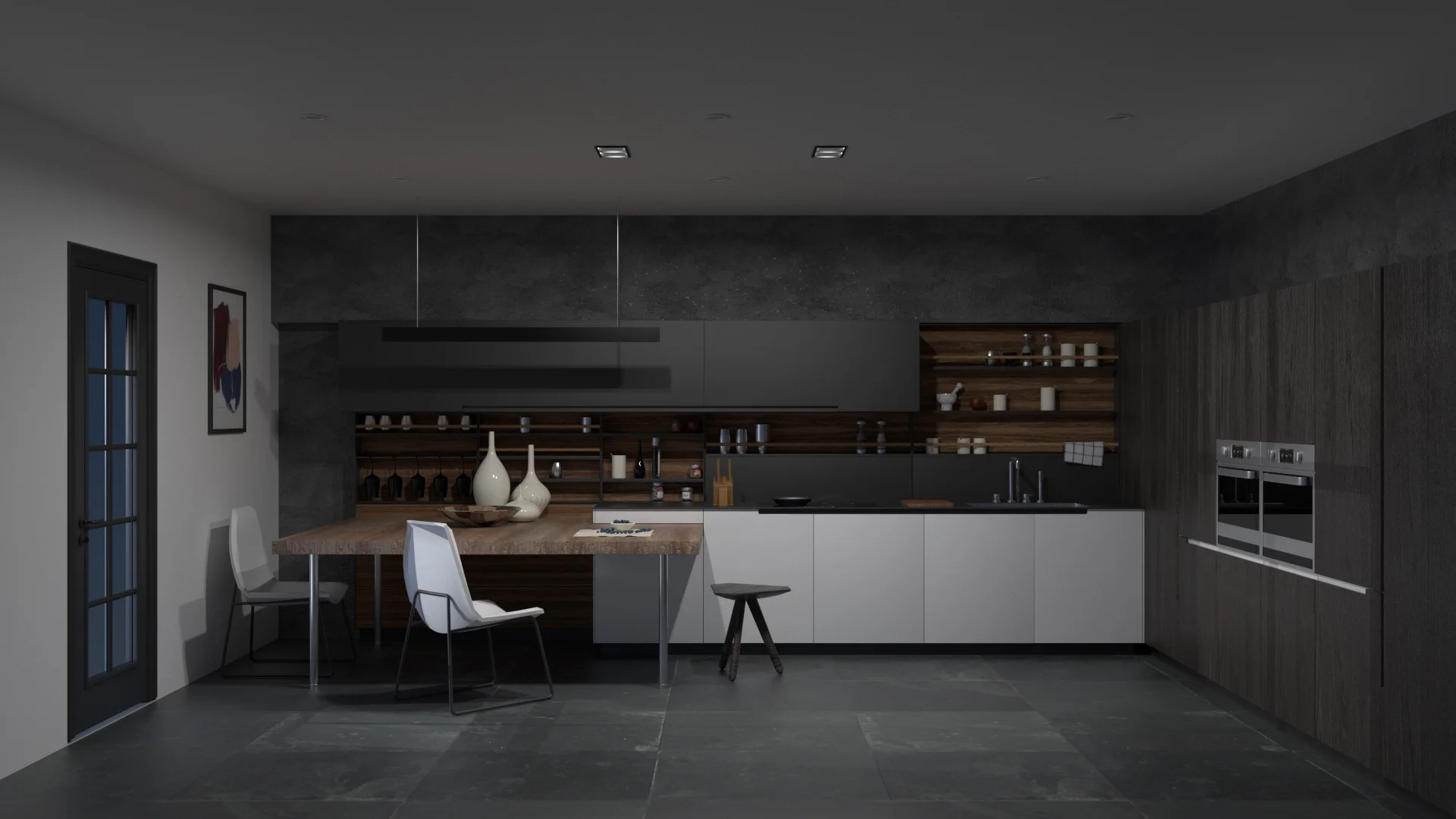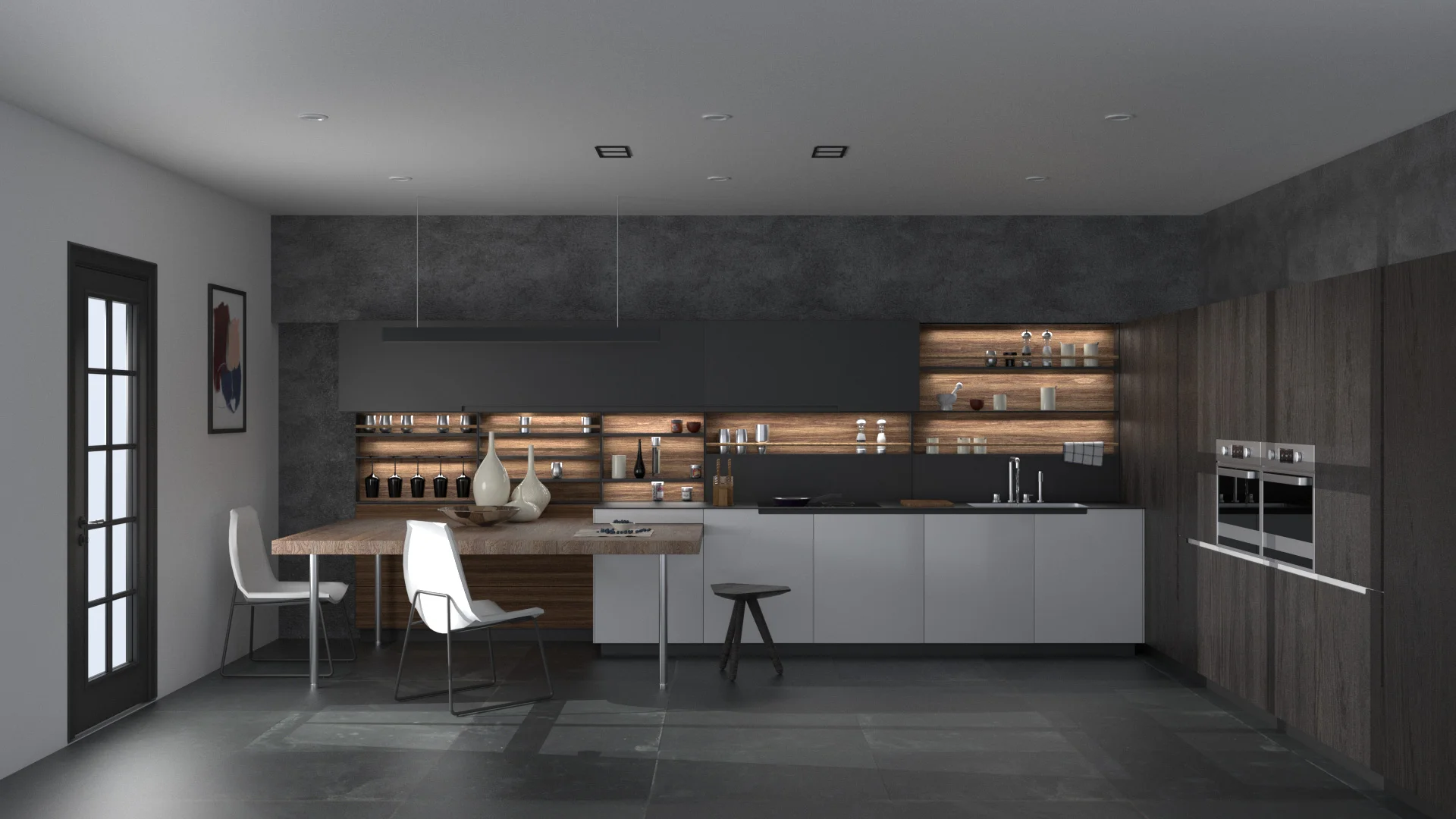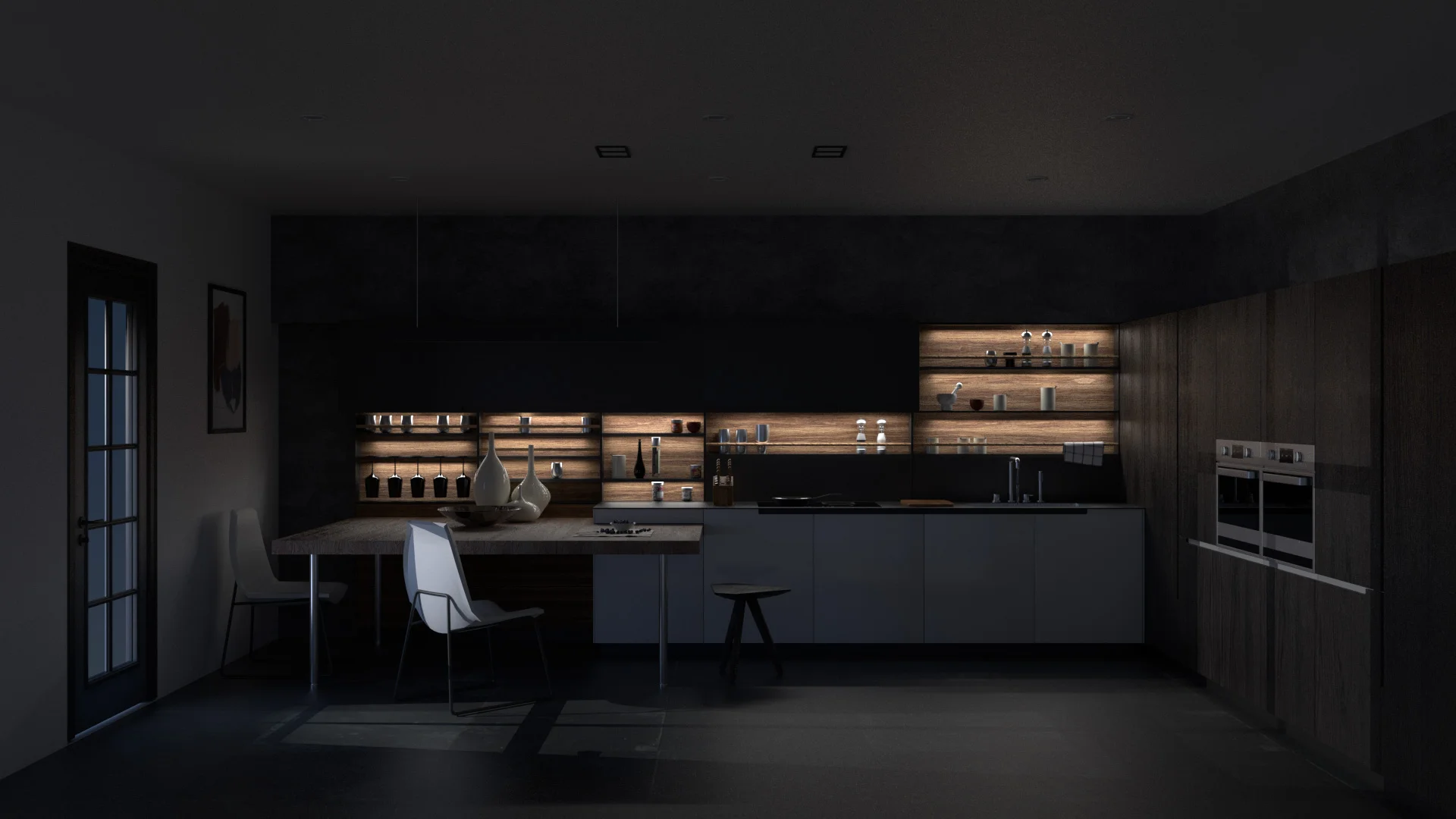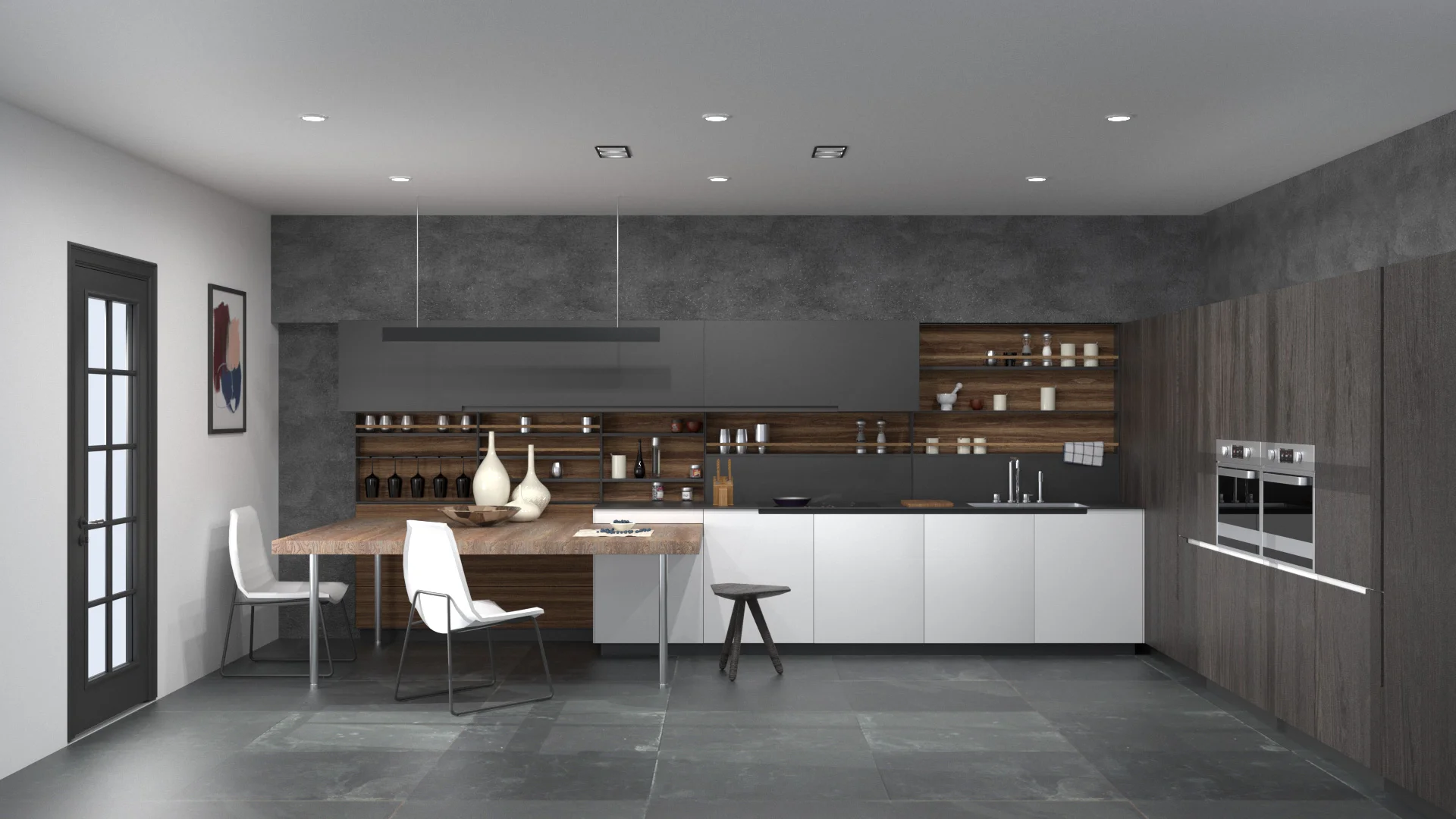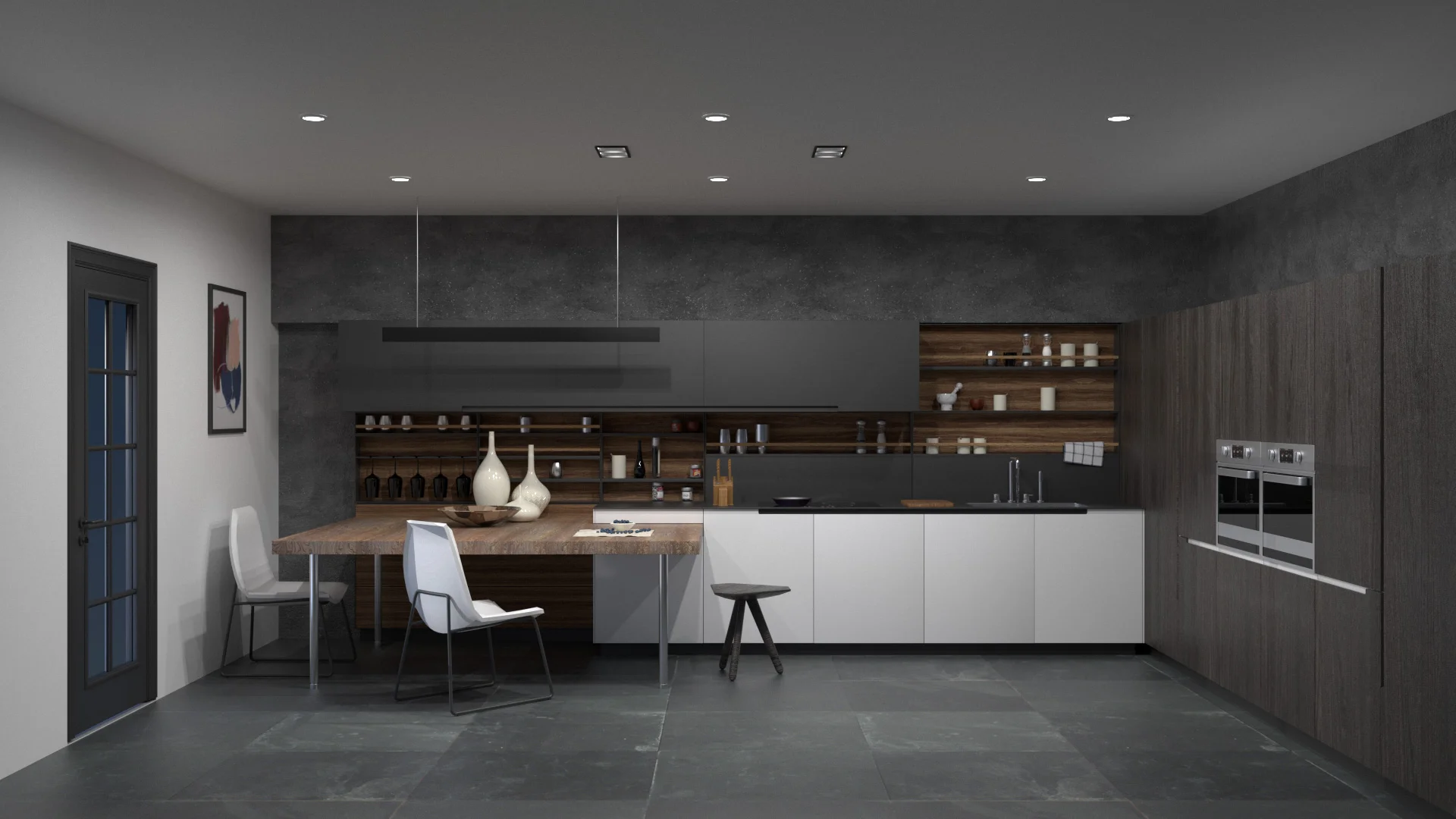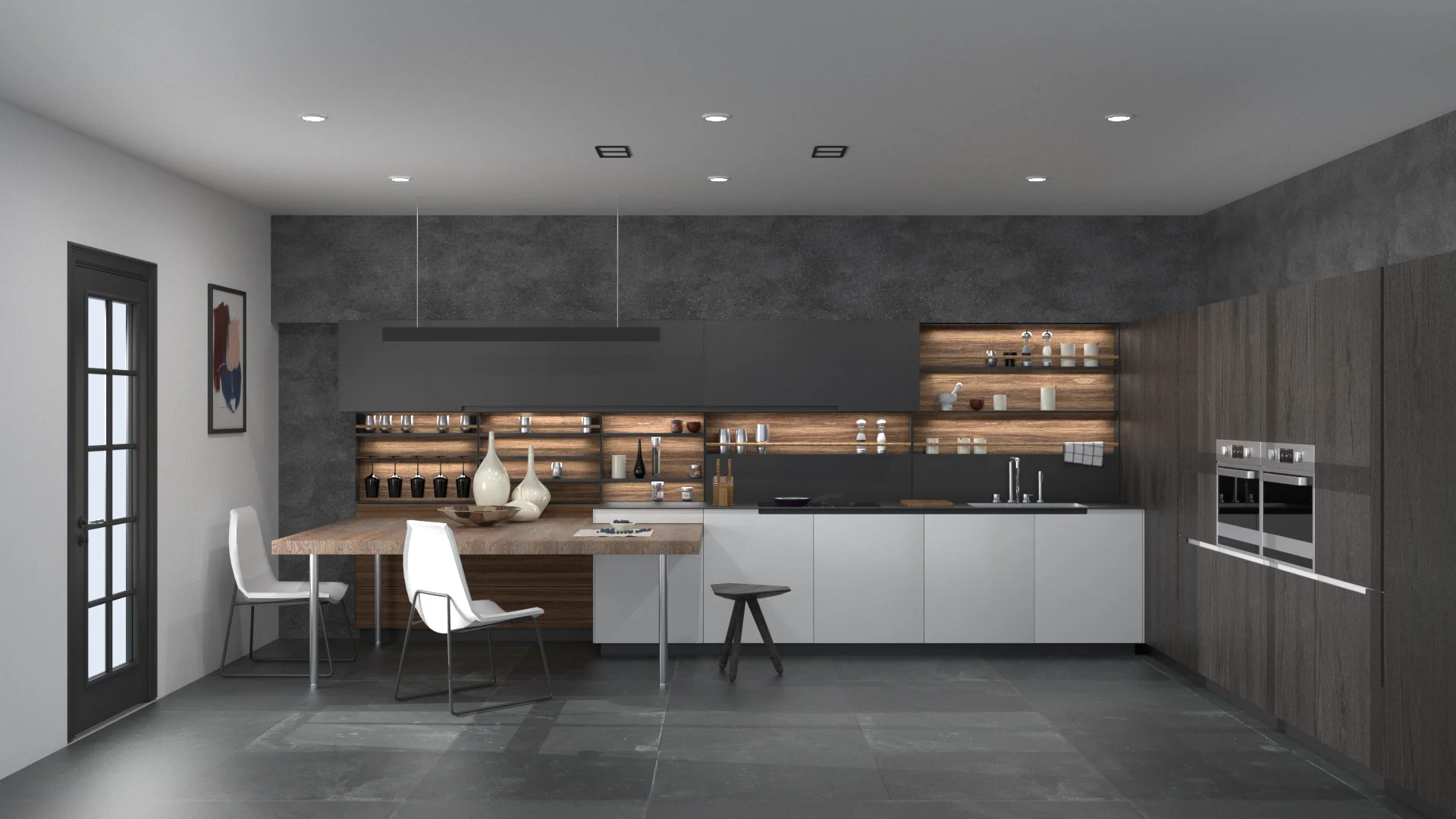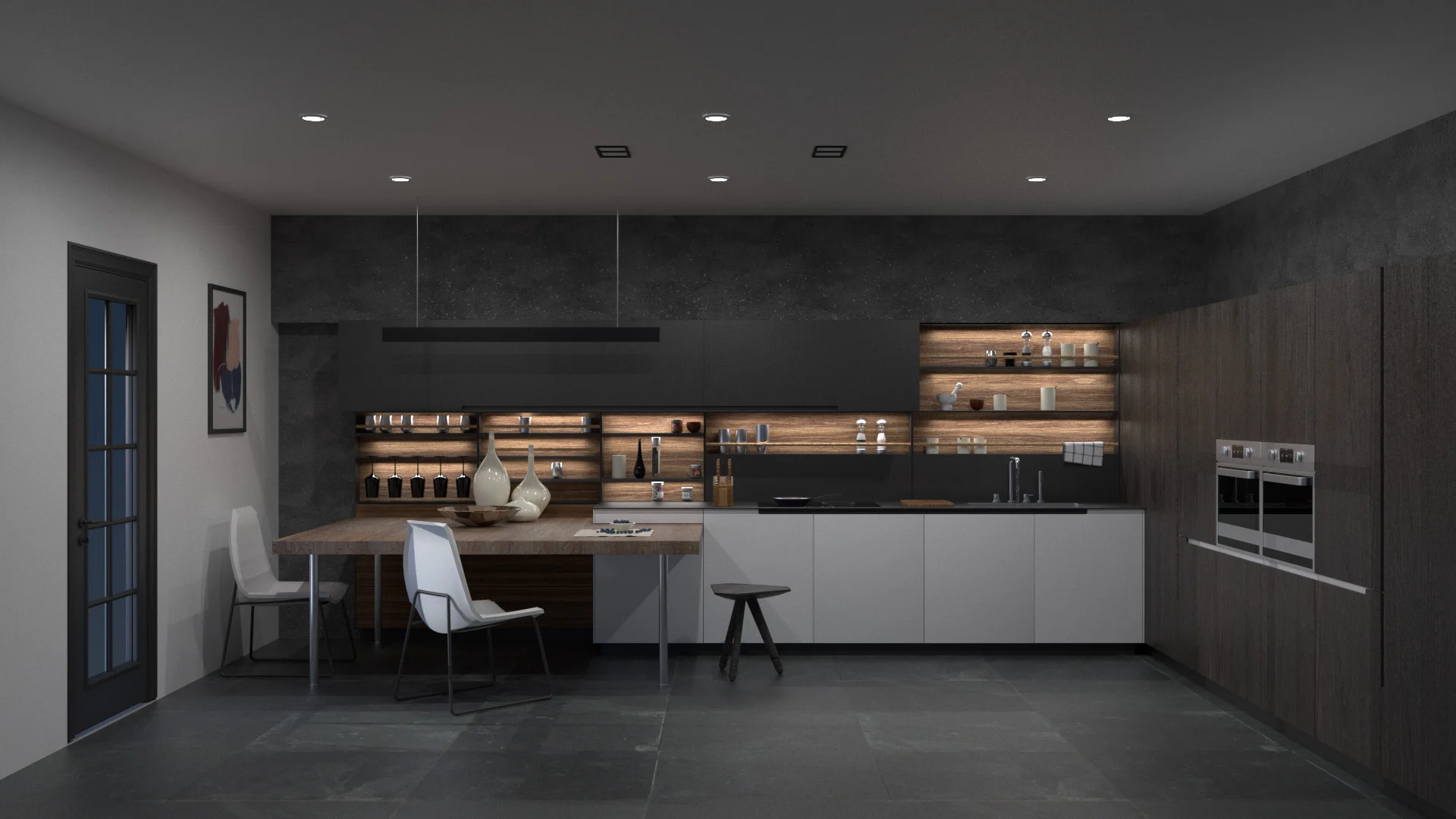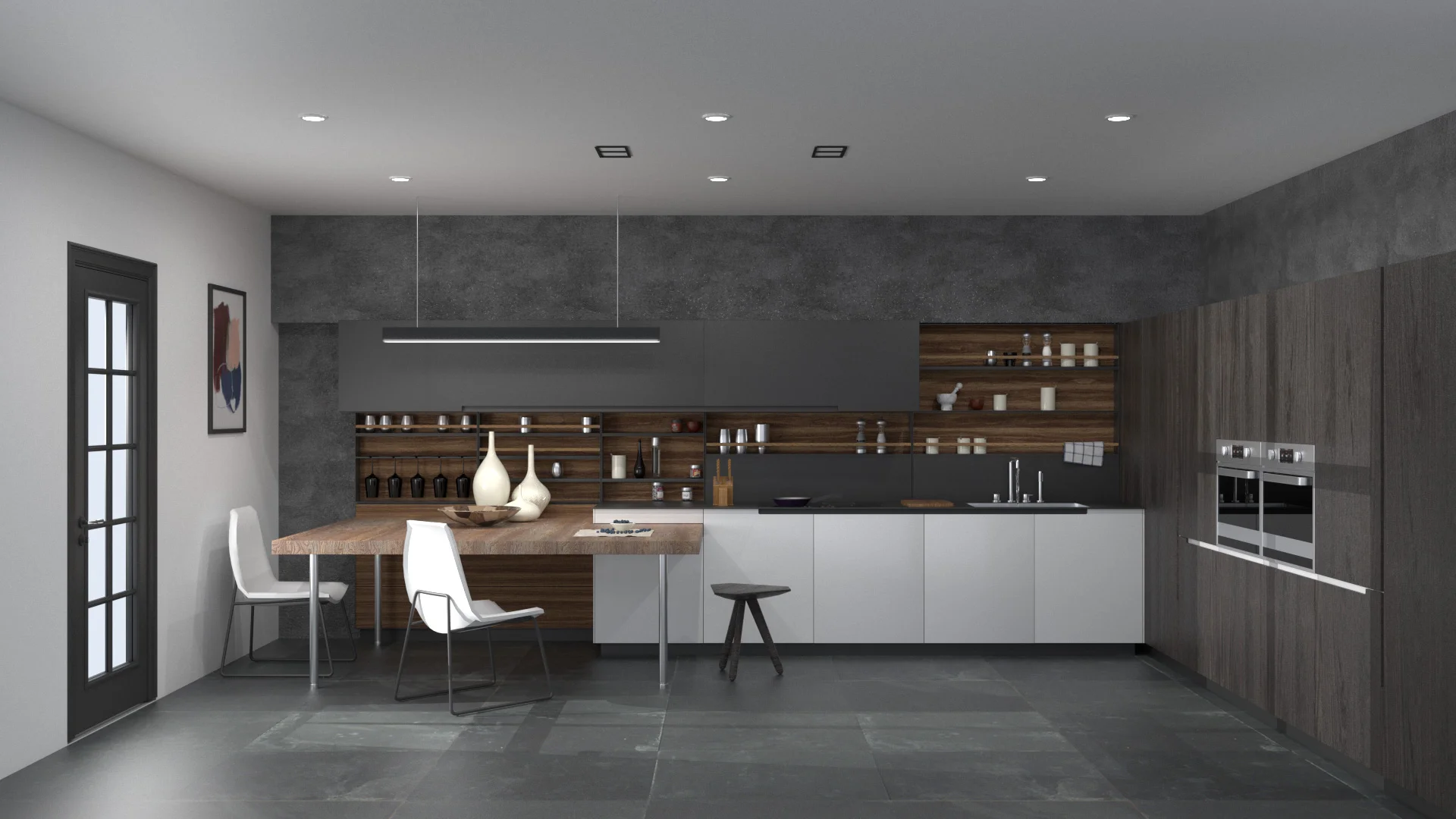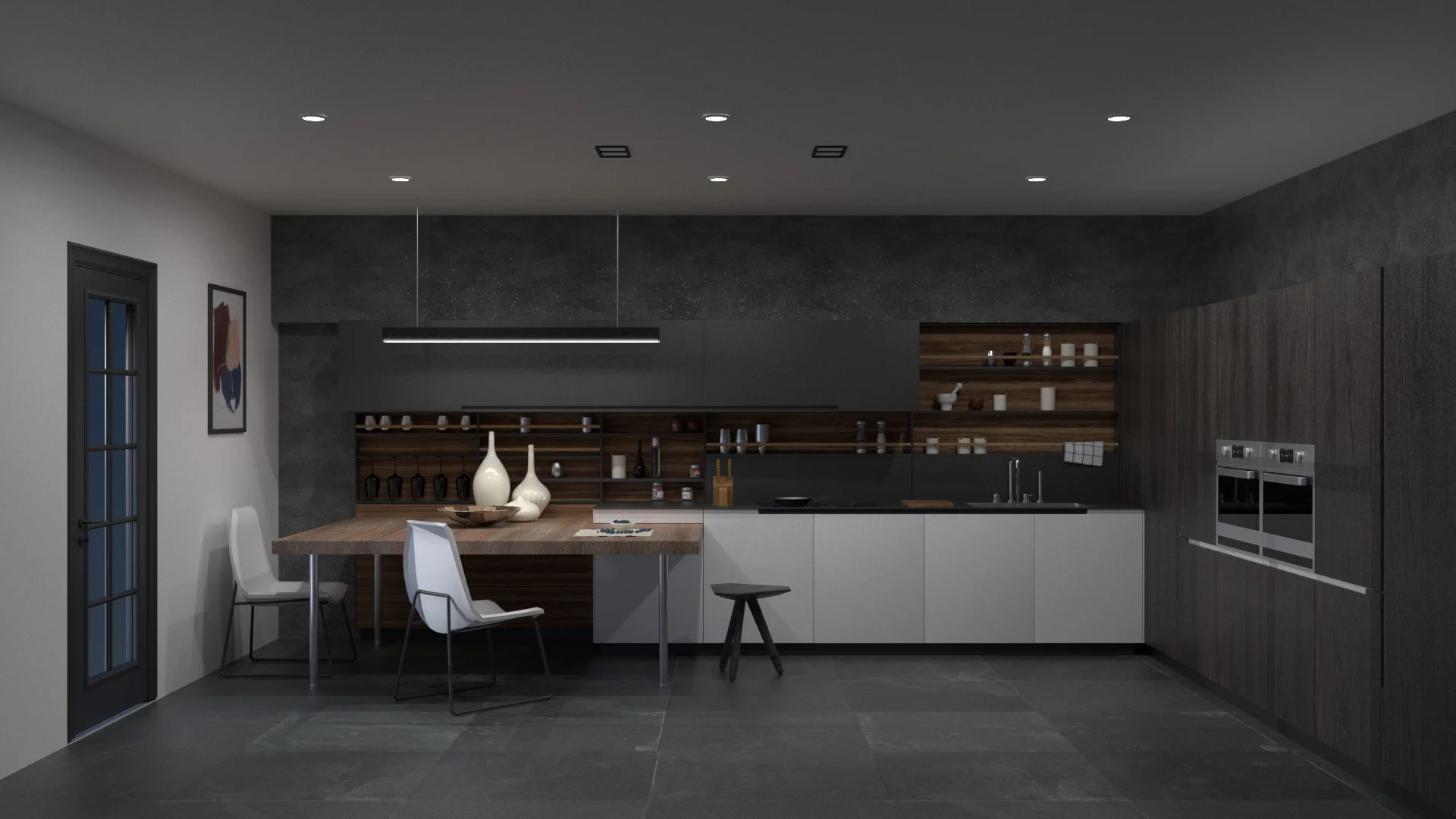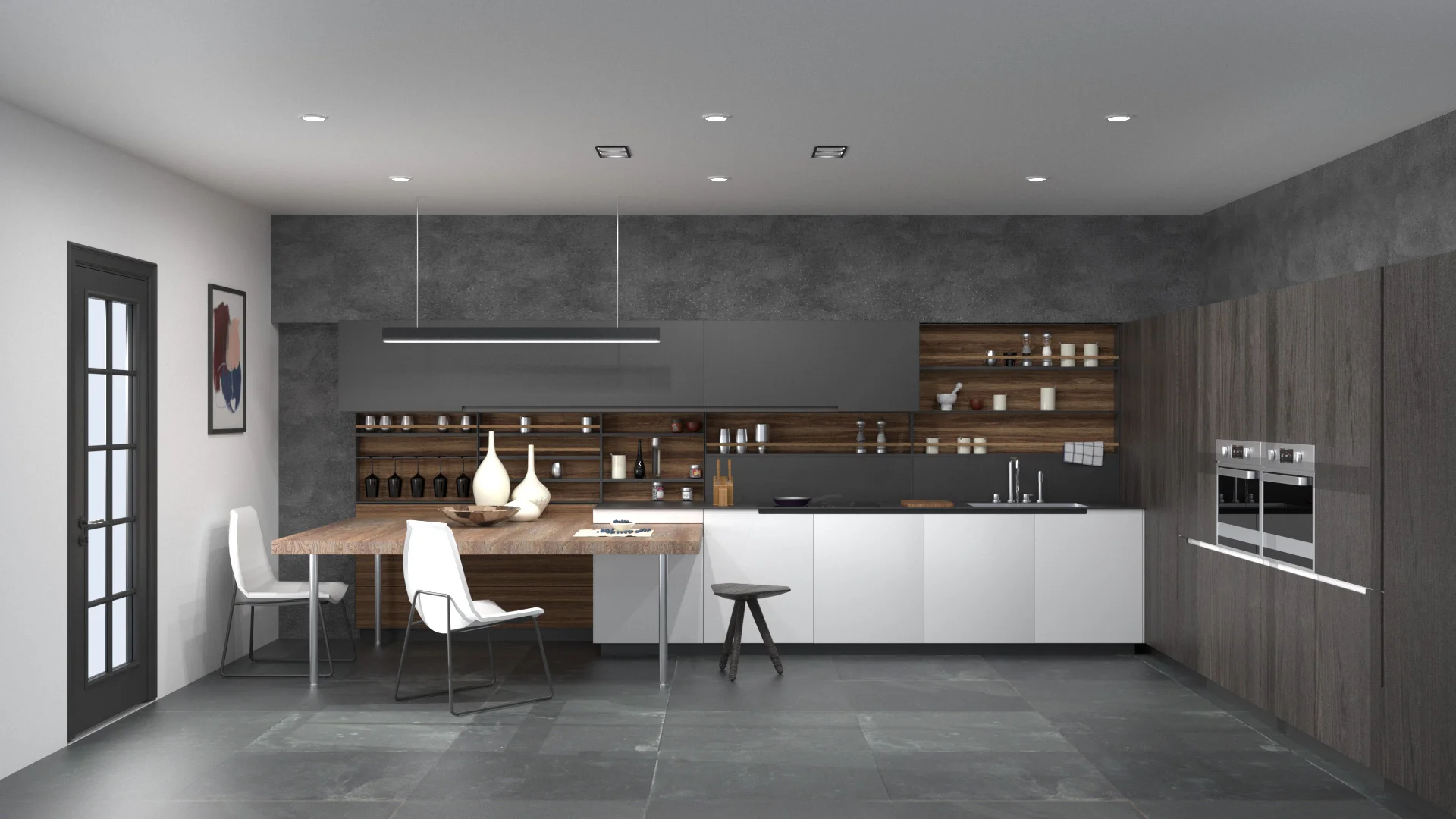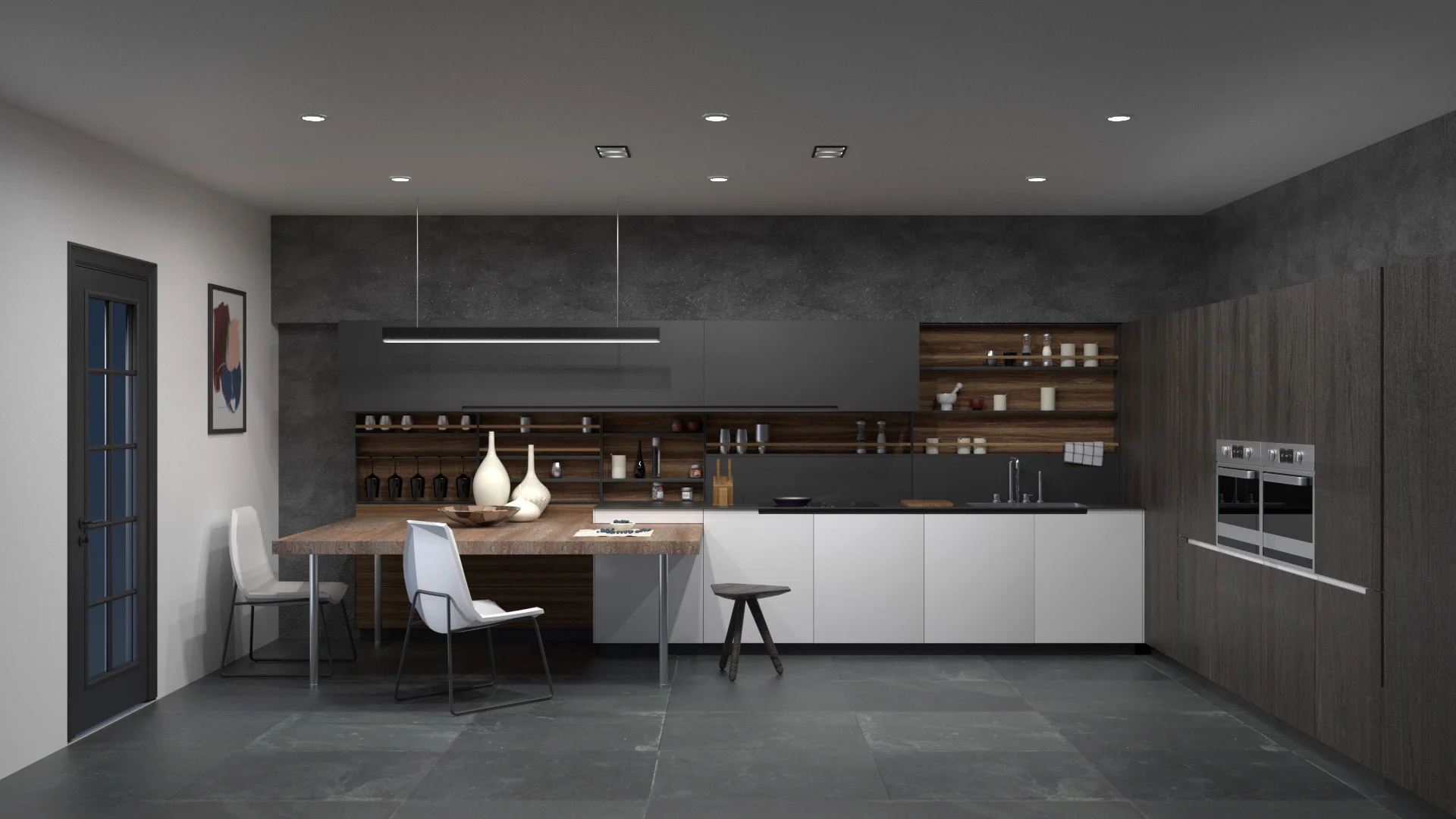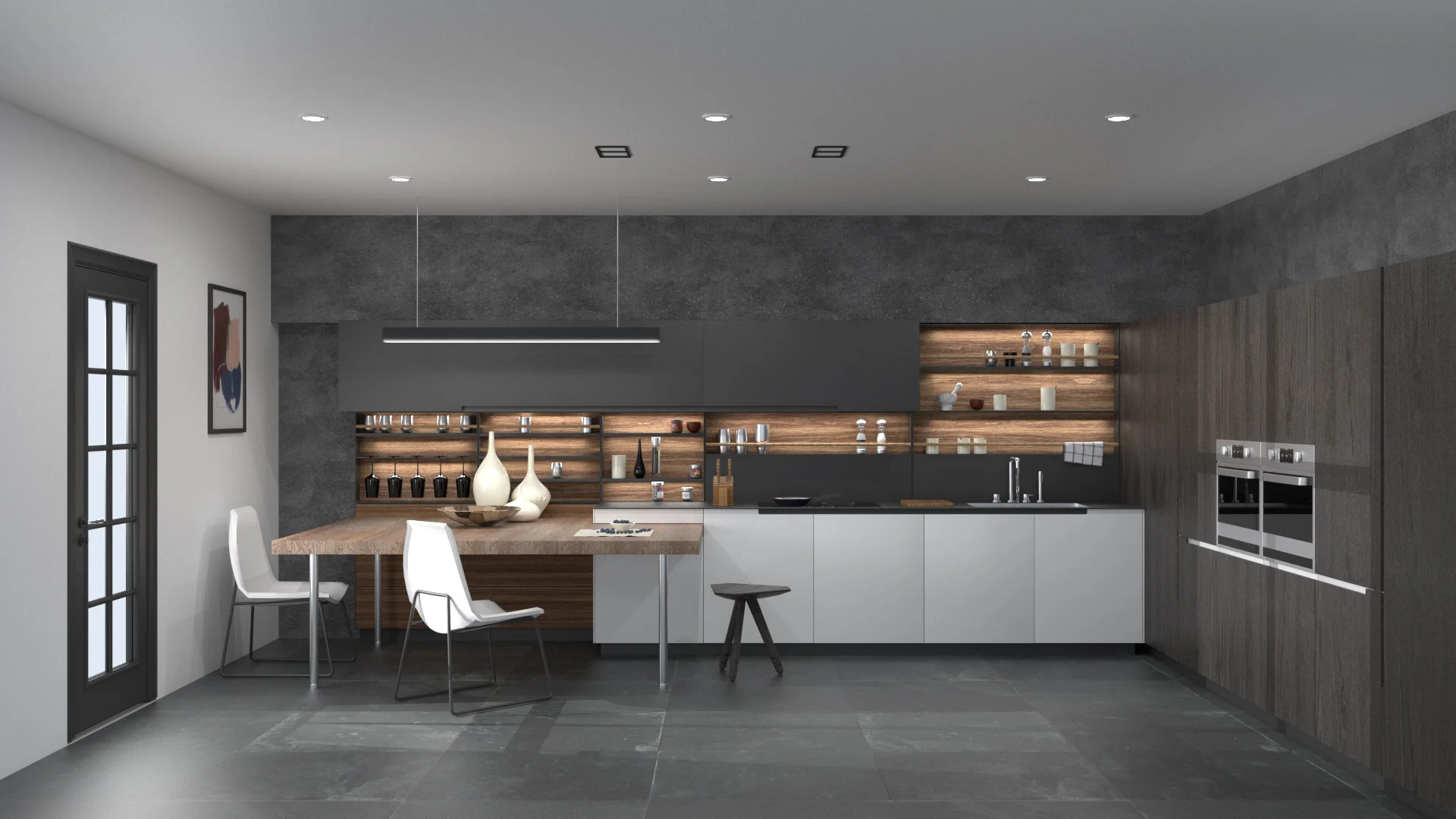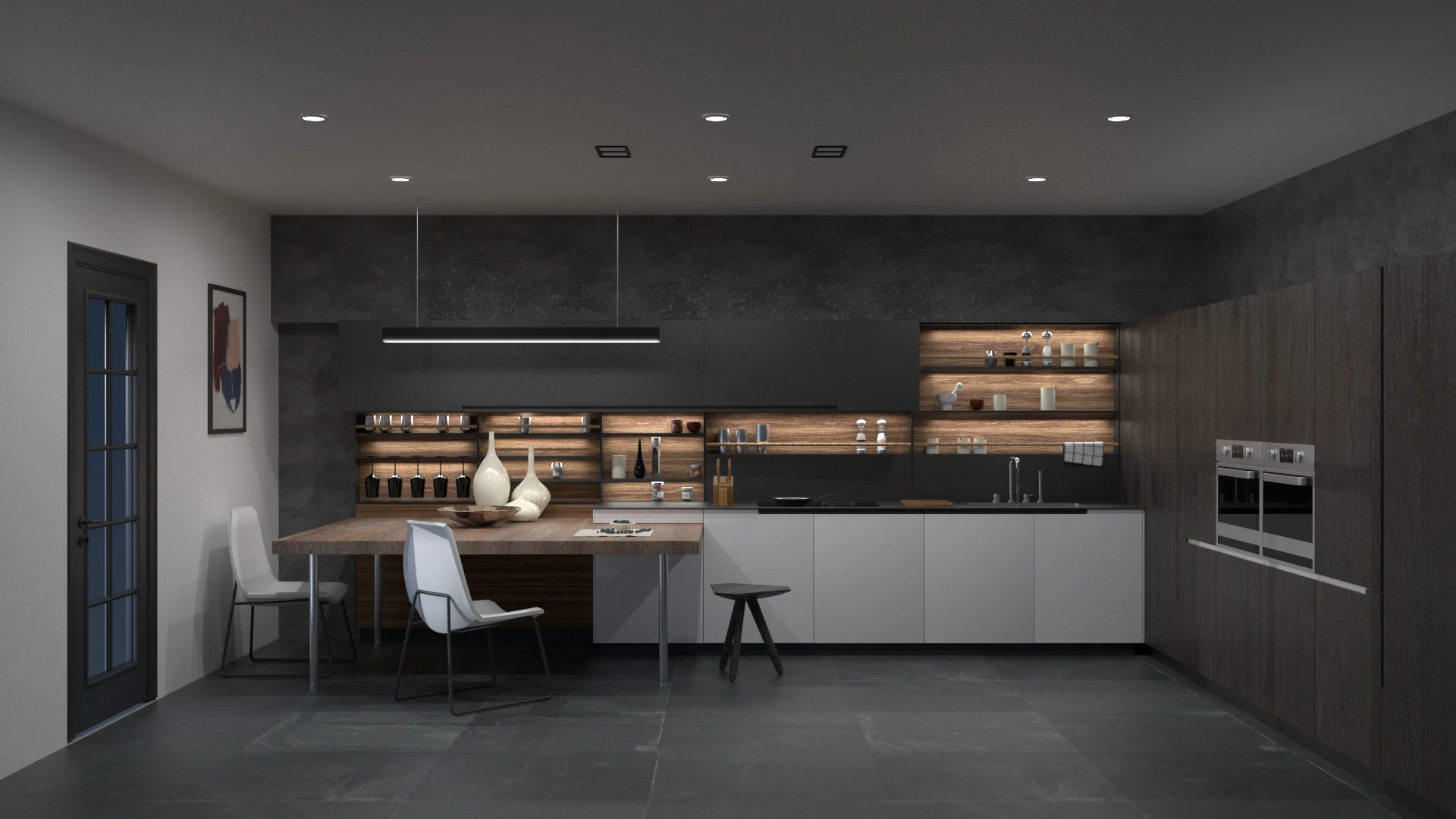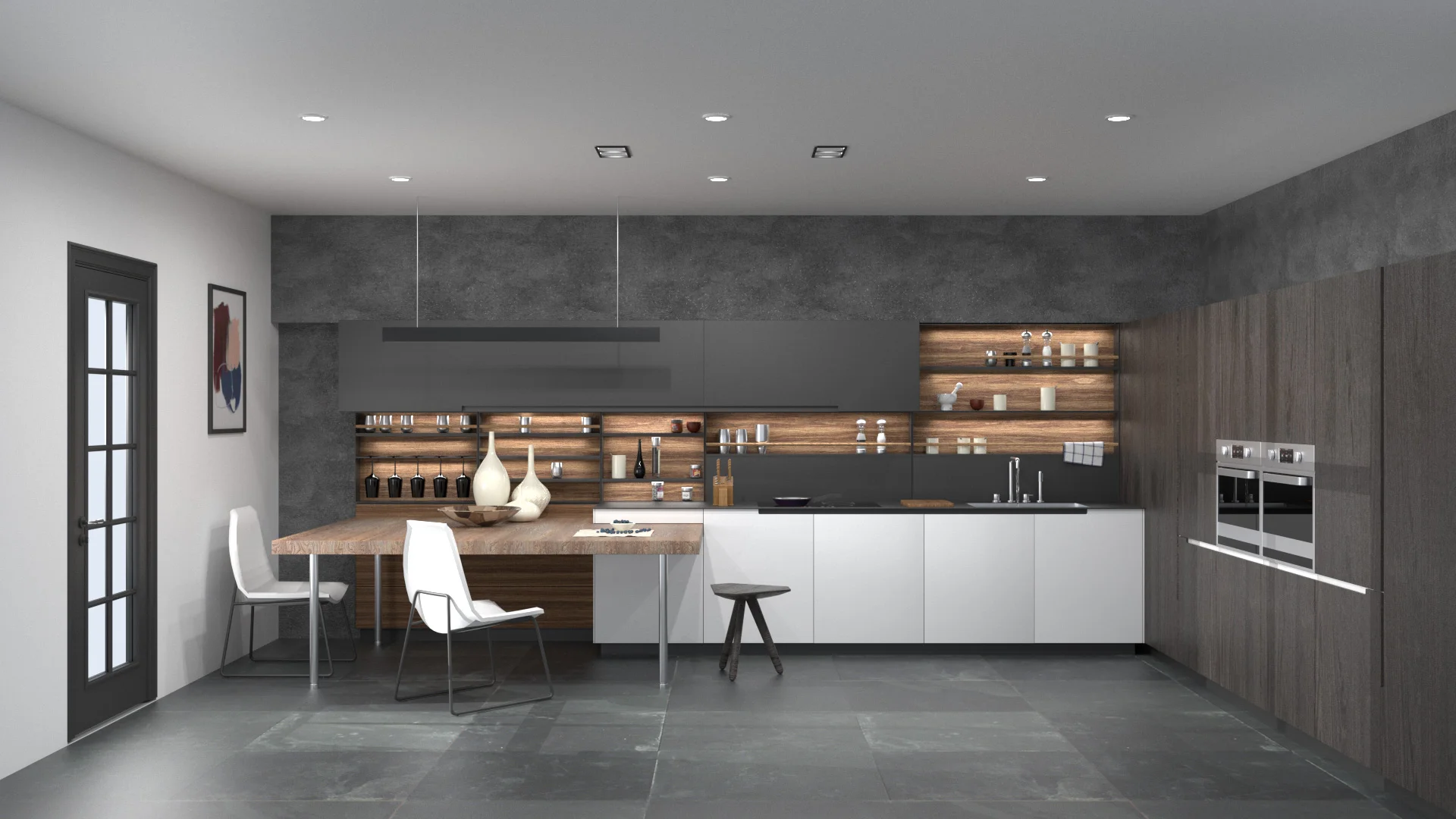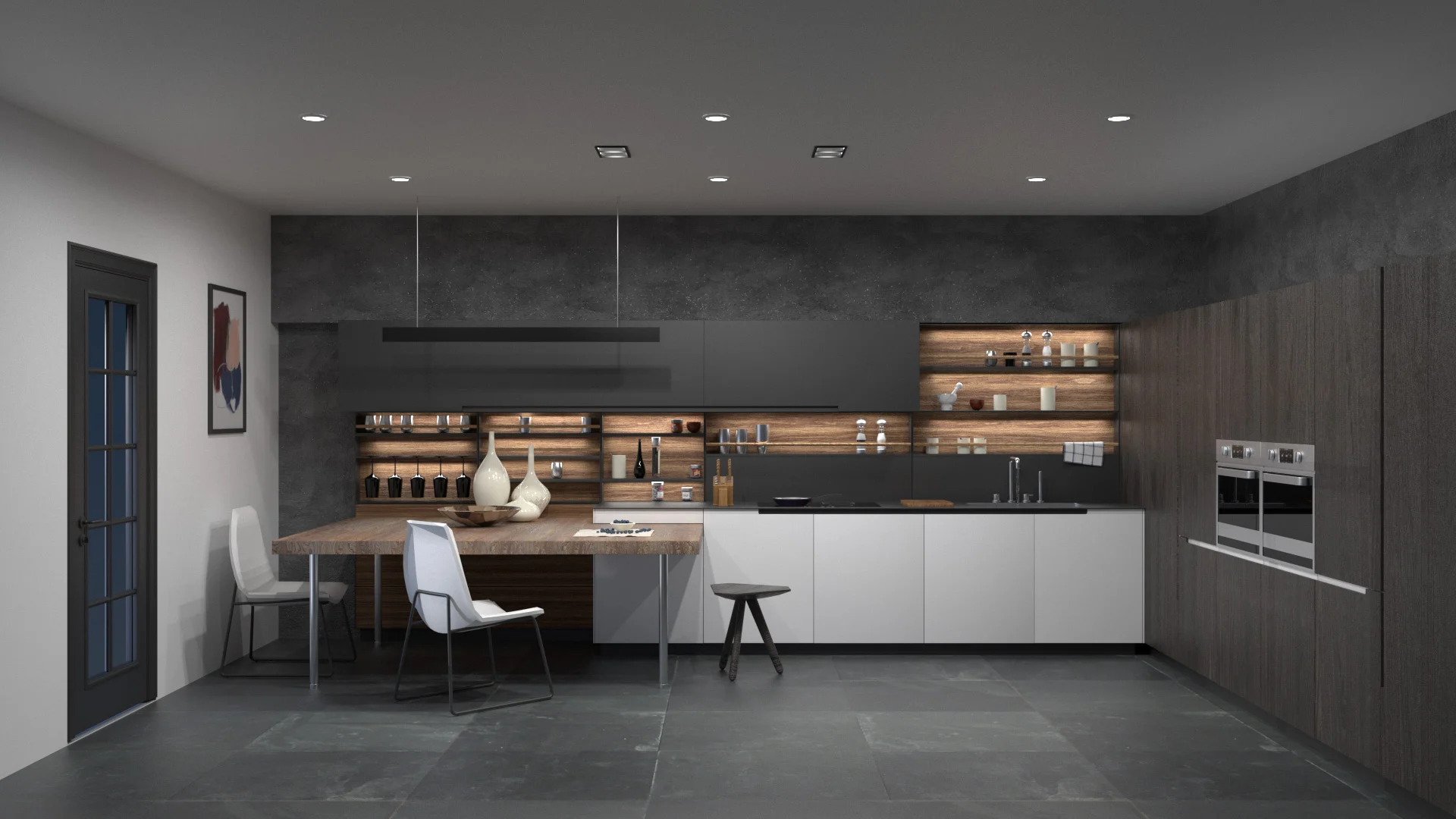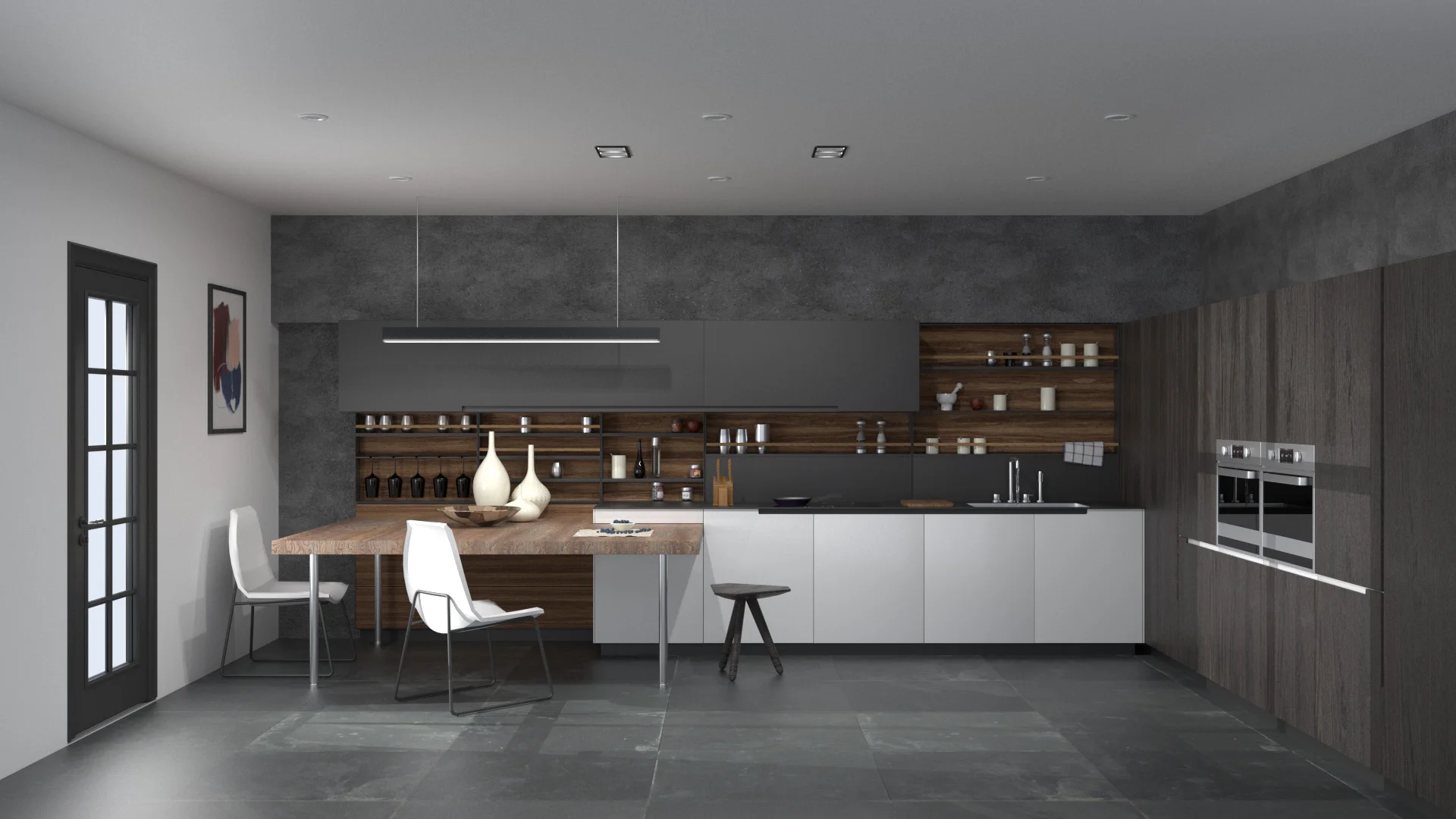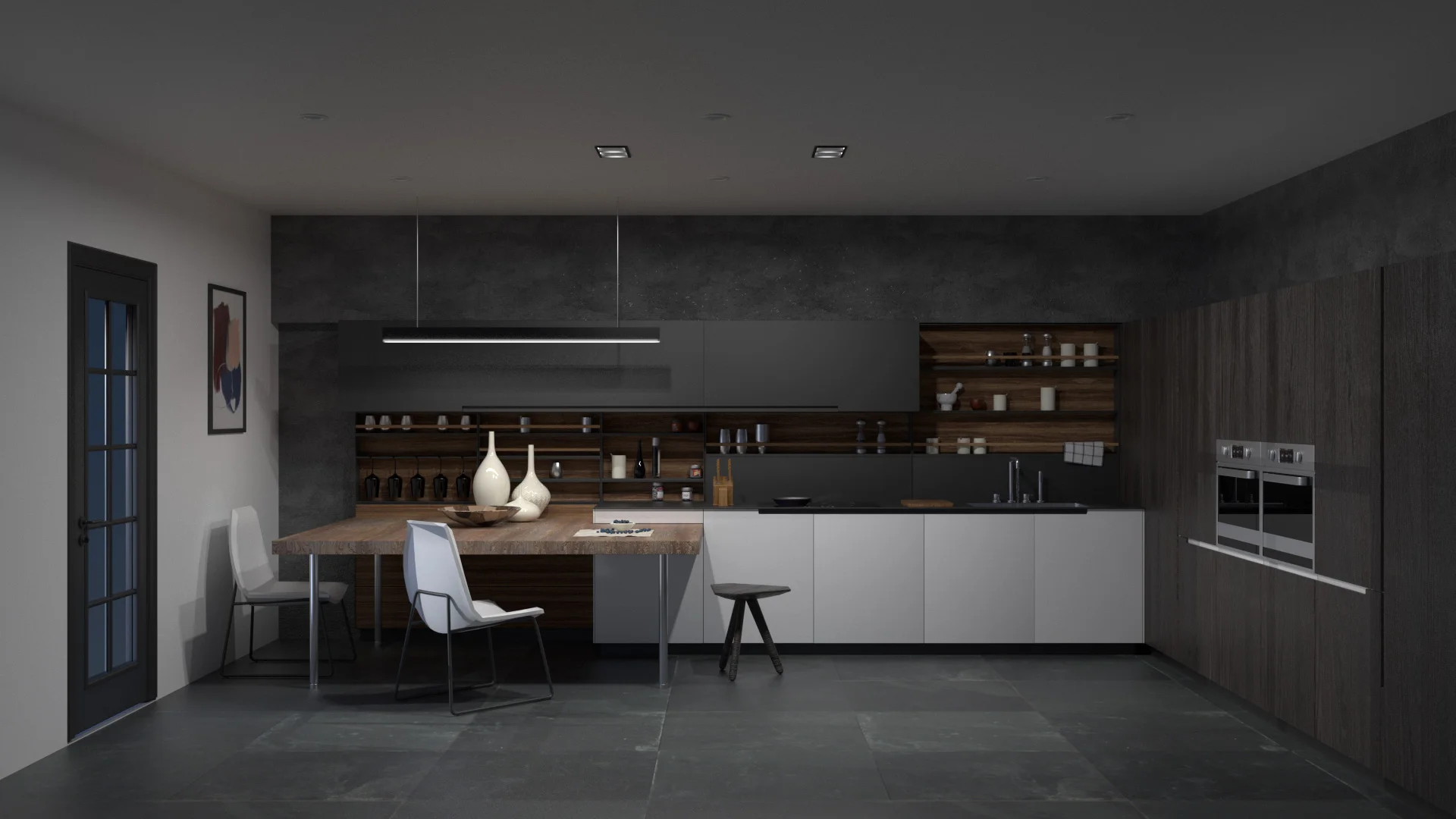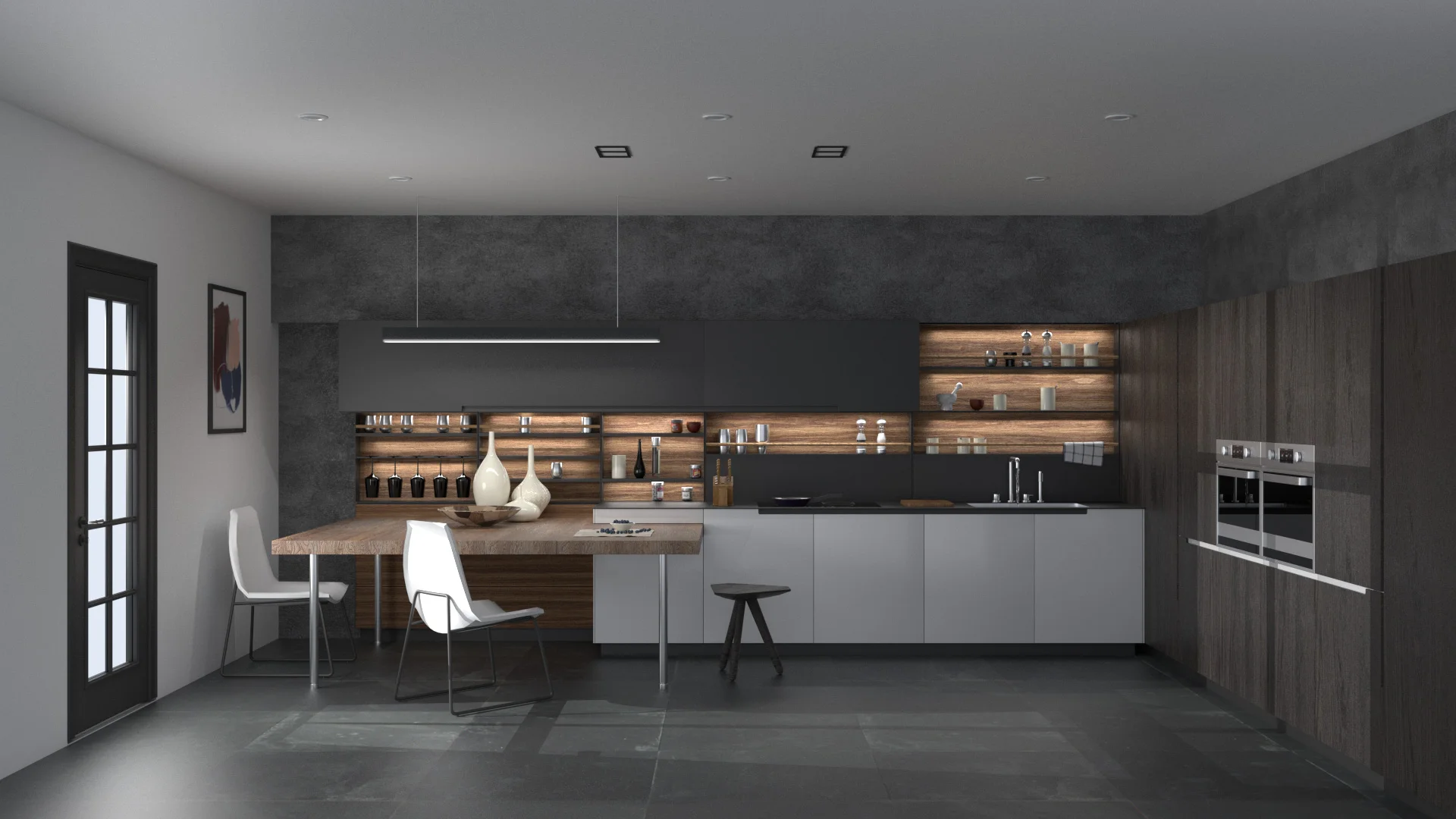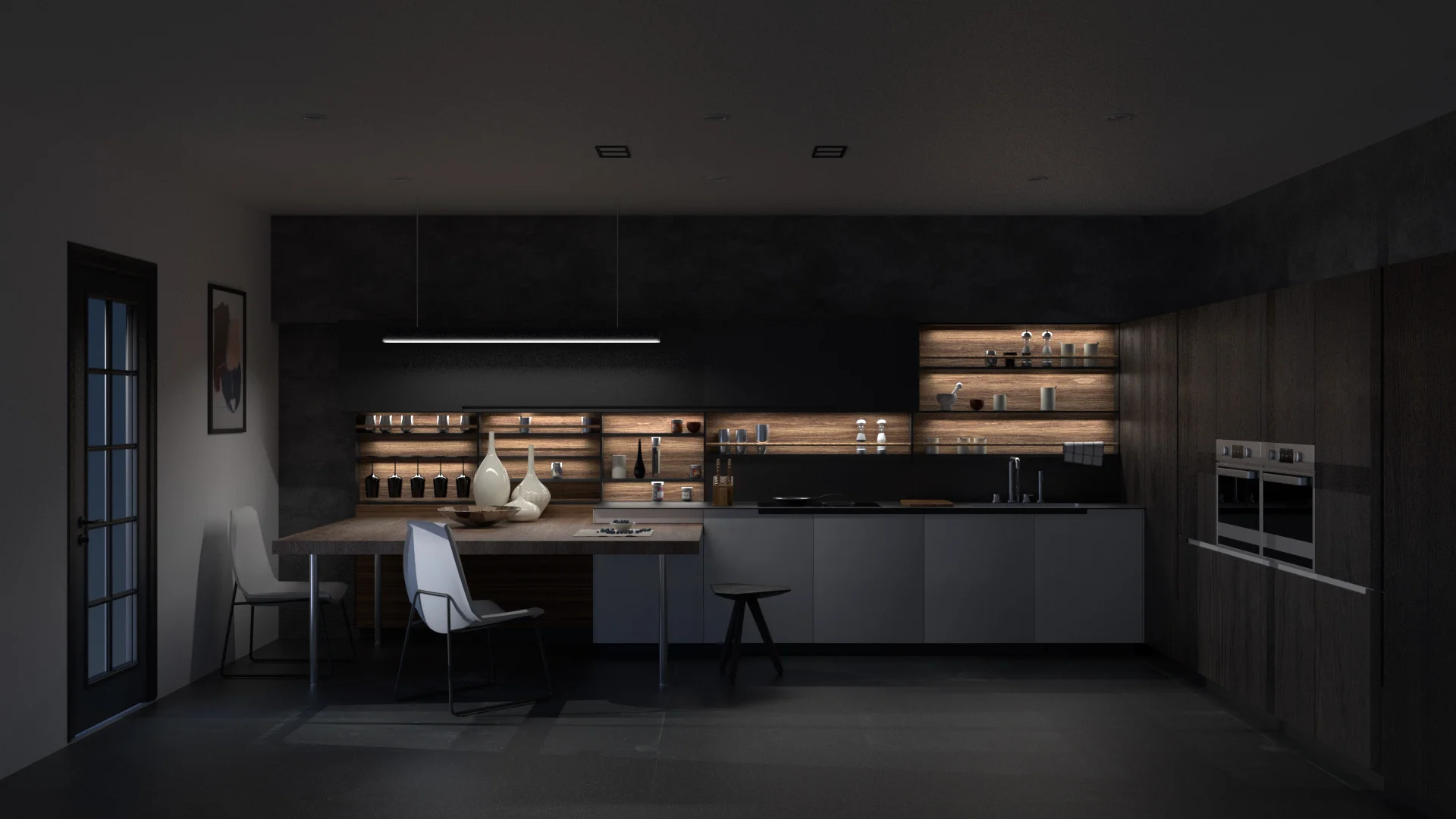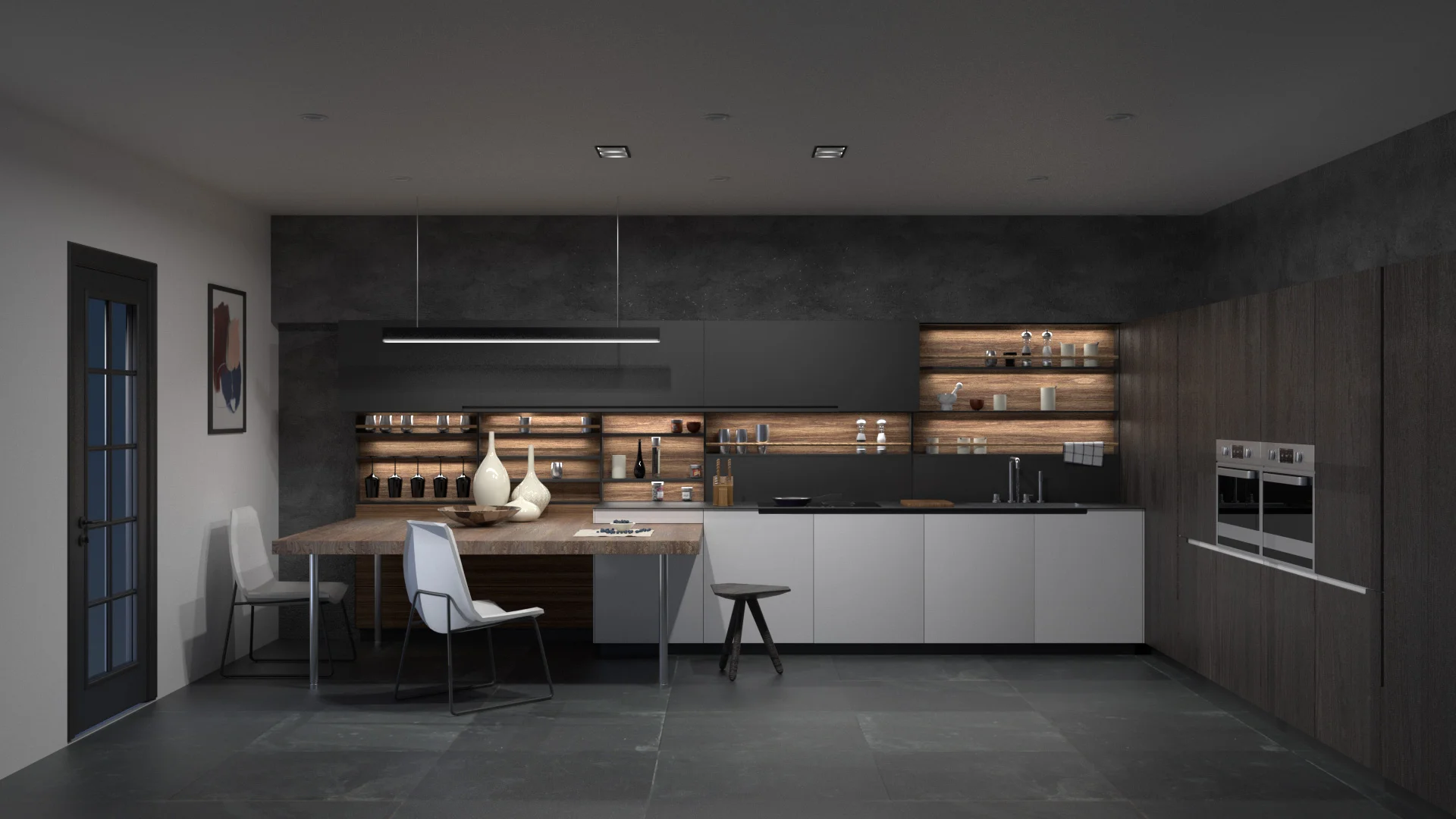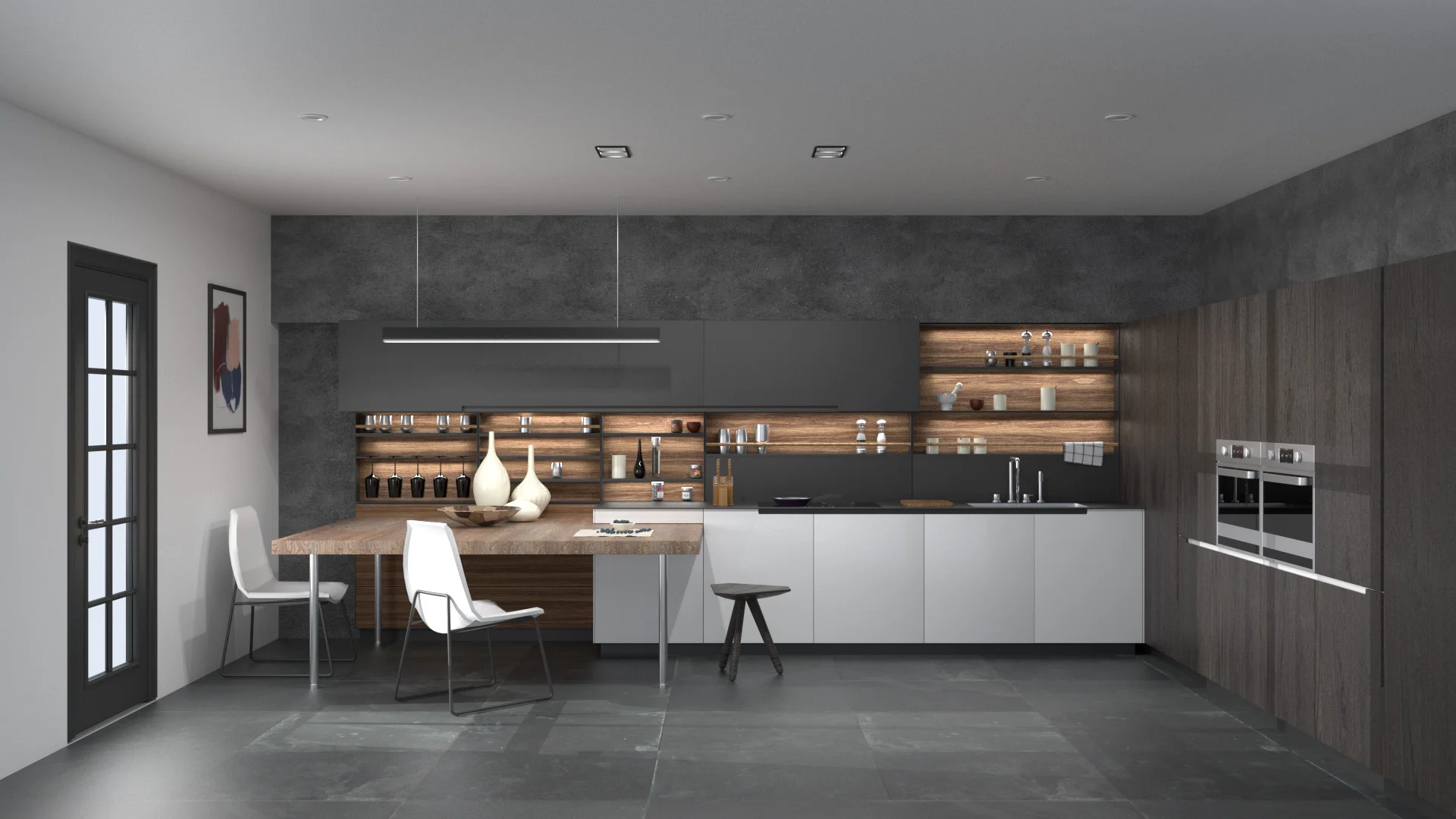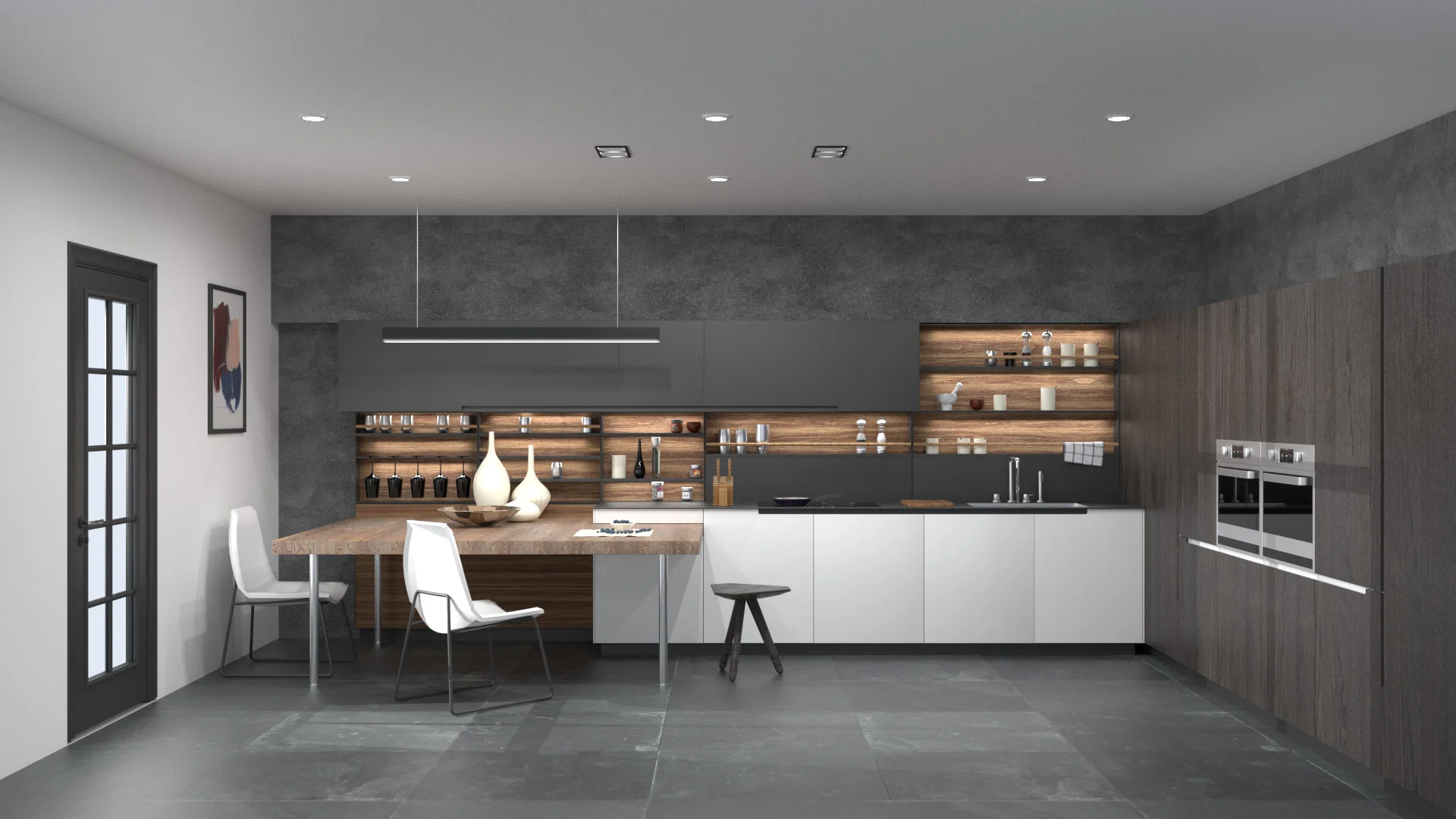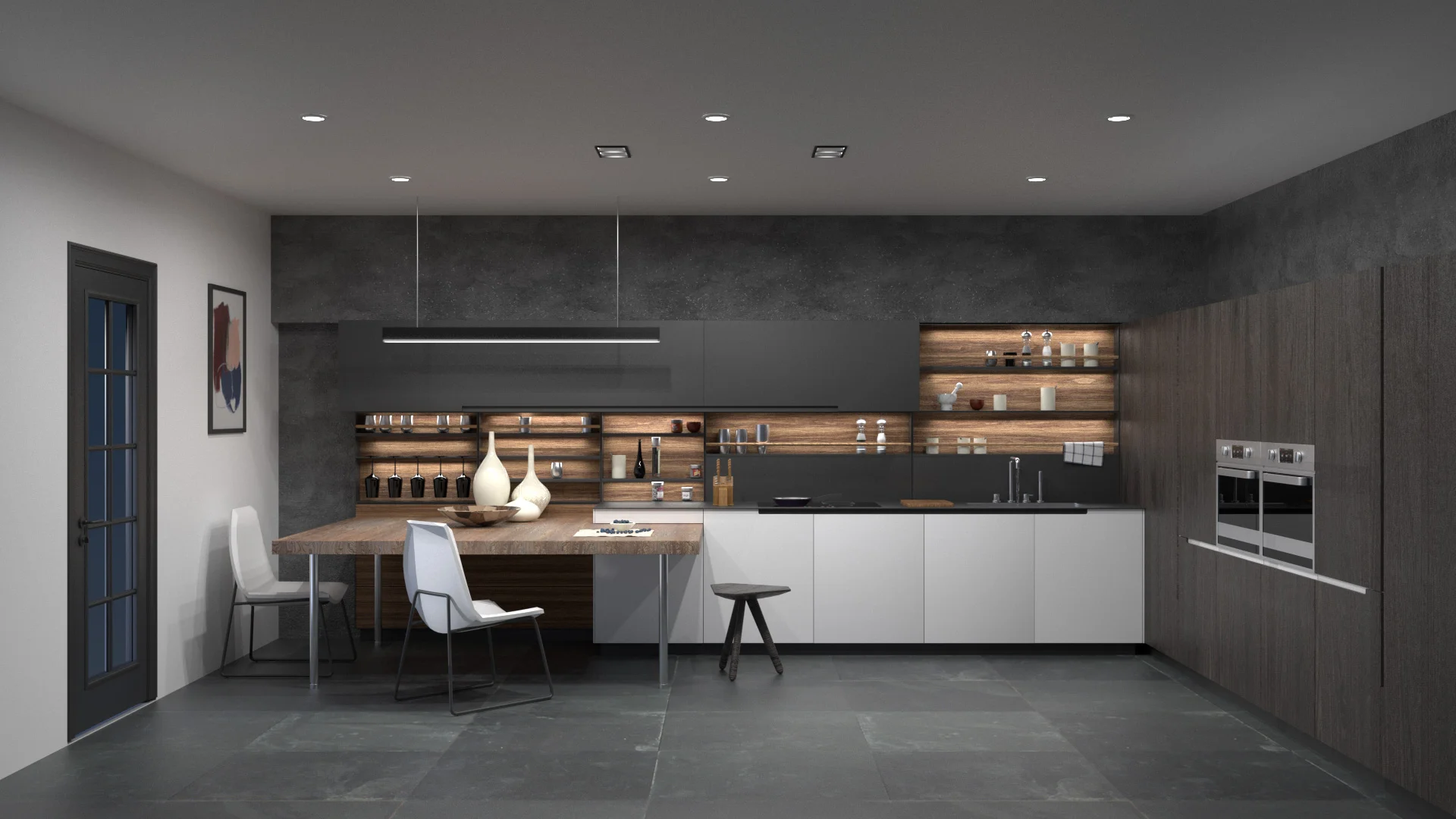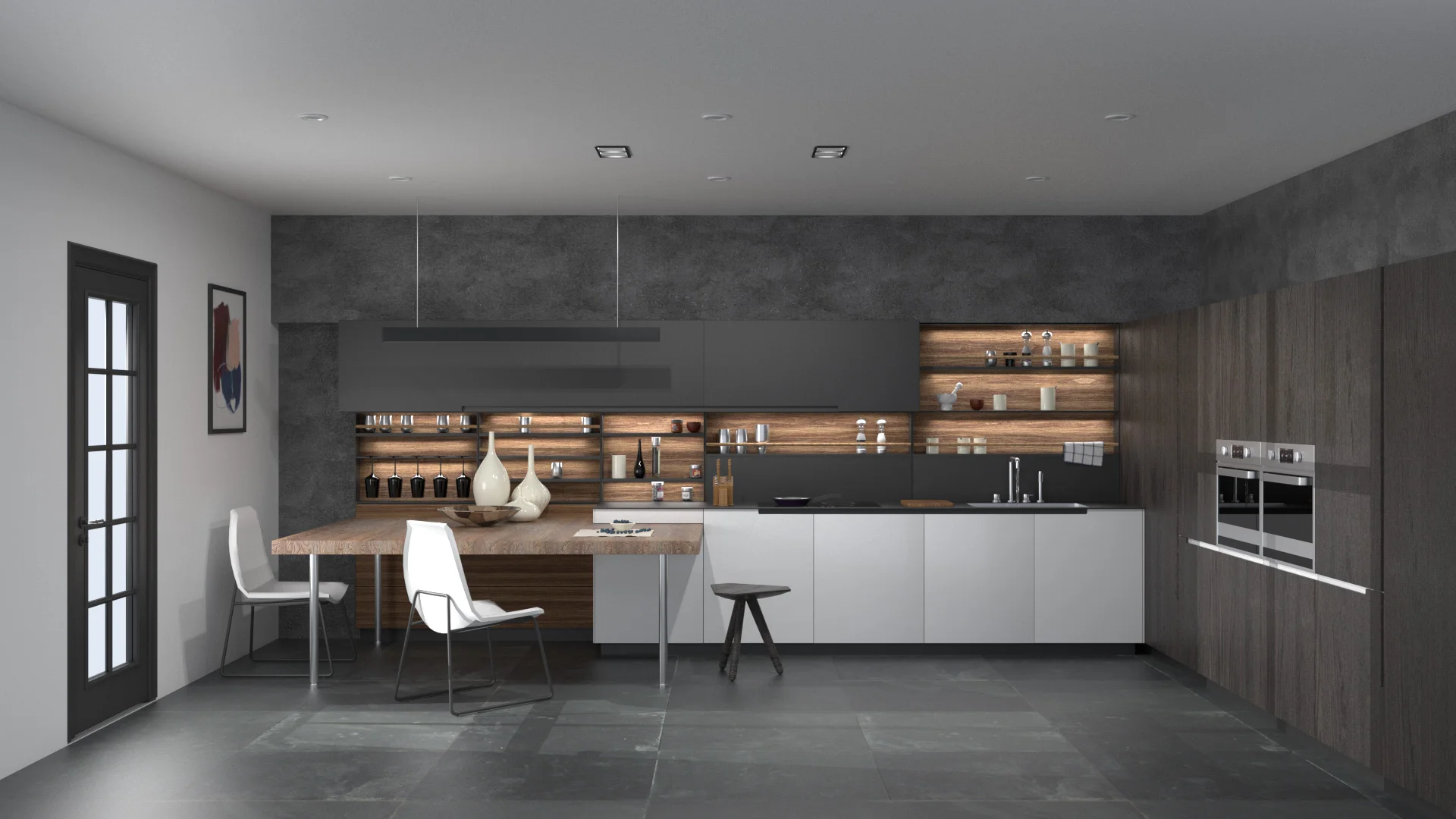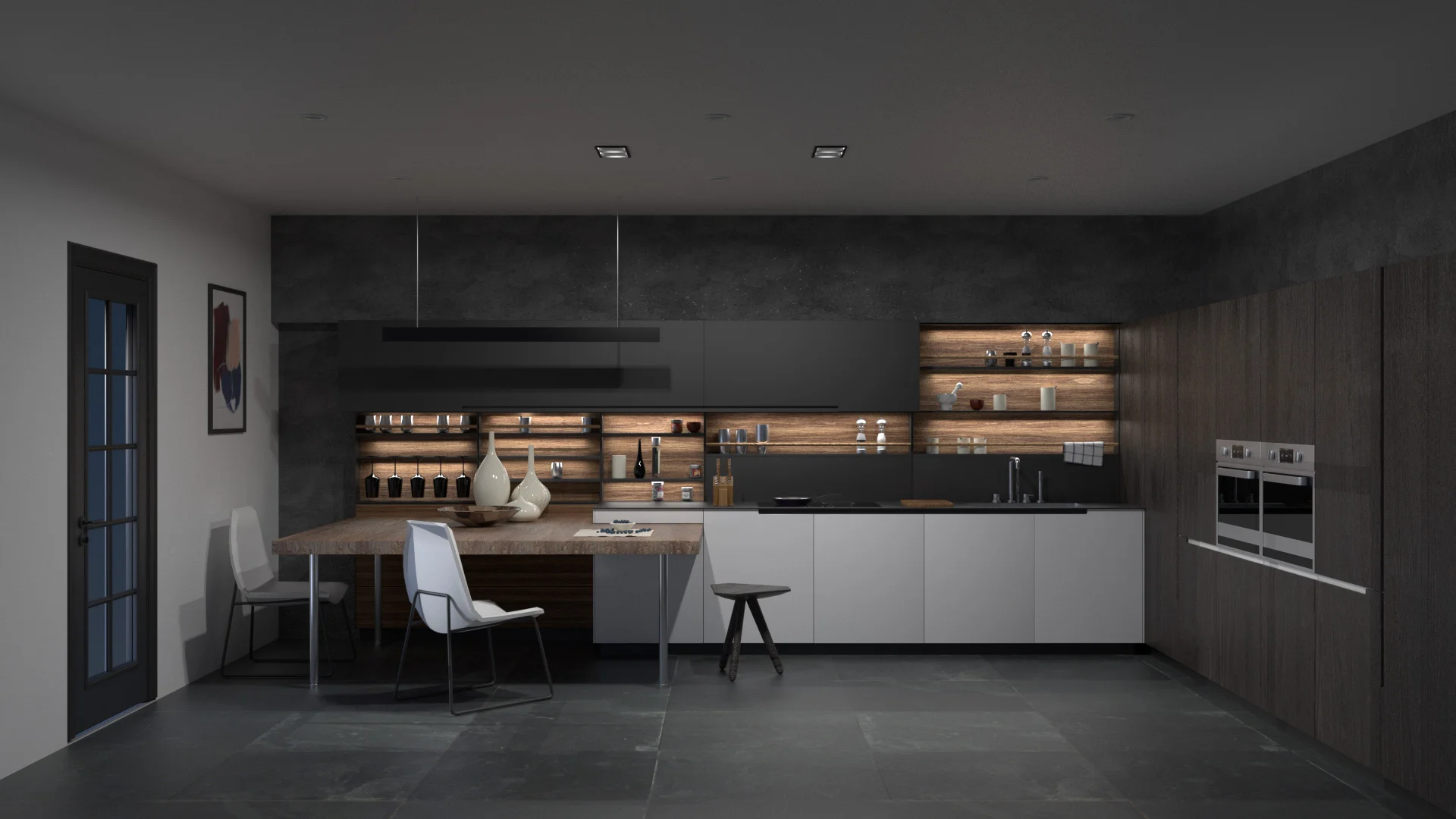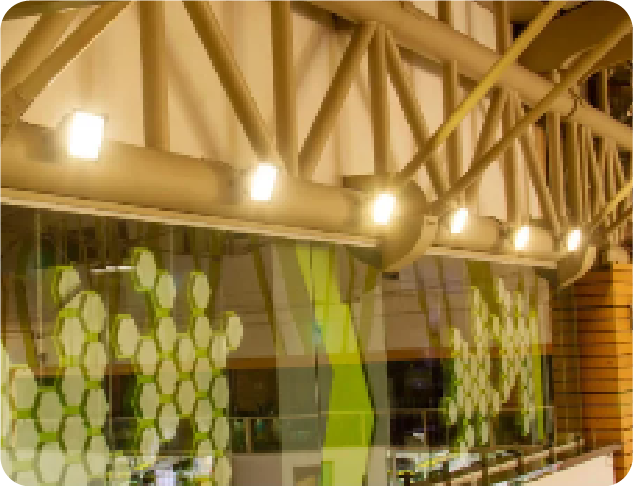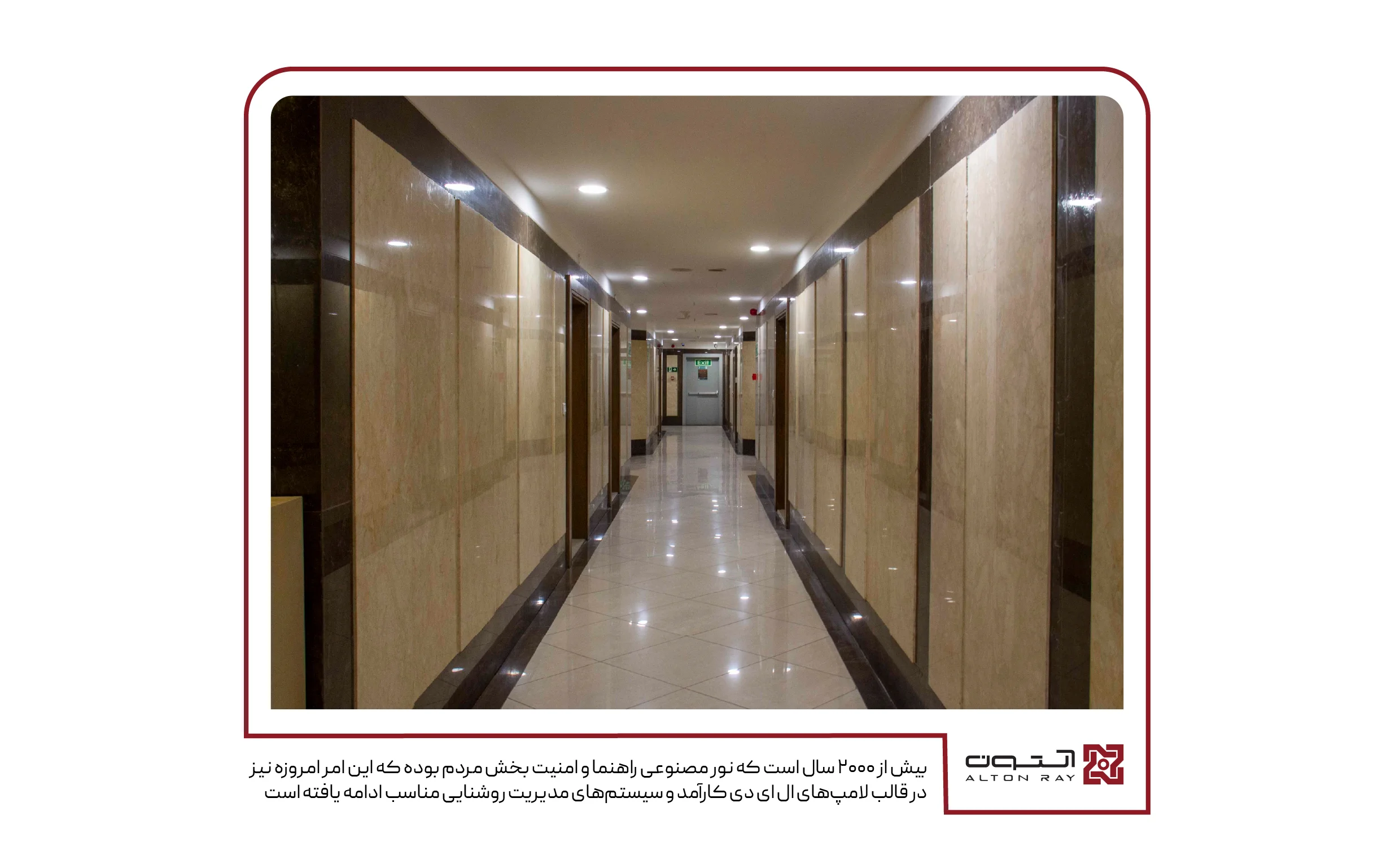Light is life. Its presence is essential for humans, animals, and plants alike. For thousands of years—before the advent of artificial lighting natural light was the only available source of illumination. Today, modern lighting design concepts aim to enhance our well-being and health by combining both natural and artificial light.
Sunlight varies throughout the year and, with its daily changes, plays a key role in regulating the cycle of life. The intensity of sunlight can reach up to 100,000 lux, while a significant reduction to as low as 0.2 lux has been measured under moonlight.
We use our eyes to navigate and understand the world around us. More than 80% of the information we receive from our environment is through vision. Our eyes are the most important sensory organs; yet without light, vision is impossible. Light is the medium that enables visual perception.
Light is a fundamental determinant of quality of life.
Darkness or insufficient lighting hinders optimal vision.This condition can create a sense of insecurity and disturb our sense of calm. Only proper lighting can establish a feeling of safety within a space.Light not only enables us to see, but also influences our mood, relaxation, and mental well-being. Since the late 20th century, it has become evident that natural daylight and its variations throughout the day and year affect hormone levels and regulate the body’s circadian rhythm. Therefore, appropriate lighting design plays a crucial role in promoting health and enhancing quality of life.
In the beginning, there was only fire…
For centuries, the sun was humanity’s only source of light. Around 300,000 years ago, early humans began using fire to produce light and heat. The bright flames allowed them to inhabit caves where sunlight could not reach. For example, the cave paintings of Altamira, created approximately 15,000 years ago, would have been impossible without the aid of artificial light.
The light produced by campfires, torches, oil lamps, and wick lamps was a fundamental innovation in the daily life of prehistoric humans
However, the use of light was not limited to enclosed spaces. The Lighthouse of Alexandria was constructed around 260 BCE and there is evidence of street lighting in the city of Antioch dating back to 378 BCE
During that same era, people began designing functional and aesthetically pleasing holders for their light sources. However, for several millennia, there was little significant advancement in liquid-fuel lamps—until 1783, when Aimé Argand invented a lamp featuring a central burner
In the same year, Minckelers developed a method for producing coal gas, which was used to power gas lanterns. At the same time experiments with arc lamps had also begun; however, these methods had no practical value until 1866, when Werner von Siemens made the economical generation of electricity possible through the use of a dynamo.The true beginning of the electric light era dates back to 1879, when Thomas Edison revolutionized lighting by reinventing and practically developing the incandescent lamp. It is worth noting, however, that as early as 1854, German watchmaker Johann Heinrich Göbel had already built a working prototype of such a lamp
Lamps, LEDs, and Lighting Control
Increasing the efficiency of lamps in light production and improving fixture performance has always been a key objective in the lighting industry. Following incandescent lamps, halogen lamps and gas discharge lamps were introduced.Until the late 1980s, the primary focus was on the development of efficient fluorescent lamps and electronic ballasts. However, with the introduction of the first LEDs in the mid-1990s, a revolution in the lighting industry took place.
LEDs are highly efficient, durable, connectable, and precisely controllable
According to the ZVEI report in 2015, approximately half of outdoor lighting and over 30% of indoor lighting utilize LED modules. As a result, lighting is becoming increasingly dynamic.
The lighting industry’s transition to LED-based technologies and the development of intelligent lighting control systems not only provide an energy-efficient solution but also open the door to innovative applications. These advancements enable lighting systems to better adapt to the functional, emotional, and biological needs of humans.
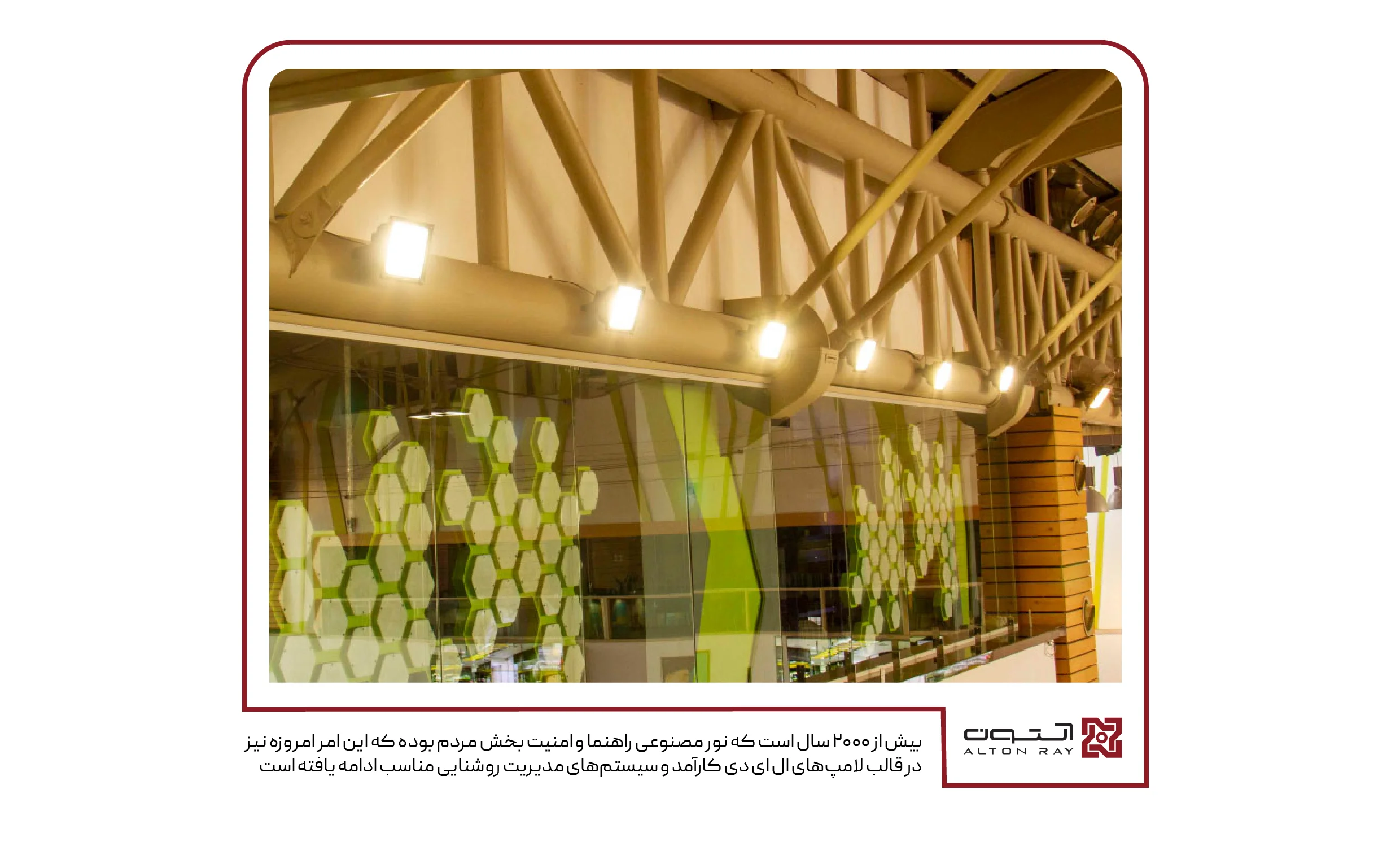
The Triple Effect of LightLight for Visual Functions — Ensures clear vision that is comfortable for the eyes and free from glare. Light and Its Biological Effects — Reinforces the circadian rhythm and exerts either energizing or calming influences. Light and Its Emotional and Aesthetic Effects — Enhances and shapes architecture and space, improving aesthetic impacts.
|
| For further knowledge on lighting, you can visit the blog of Alton Ray Engineering Company. |

